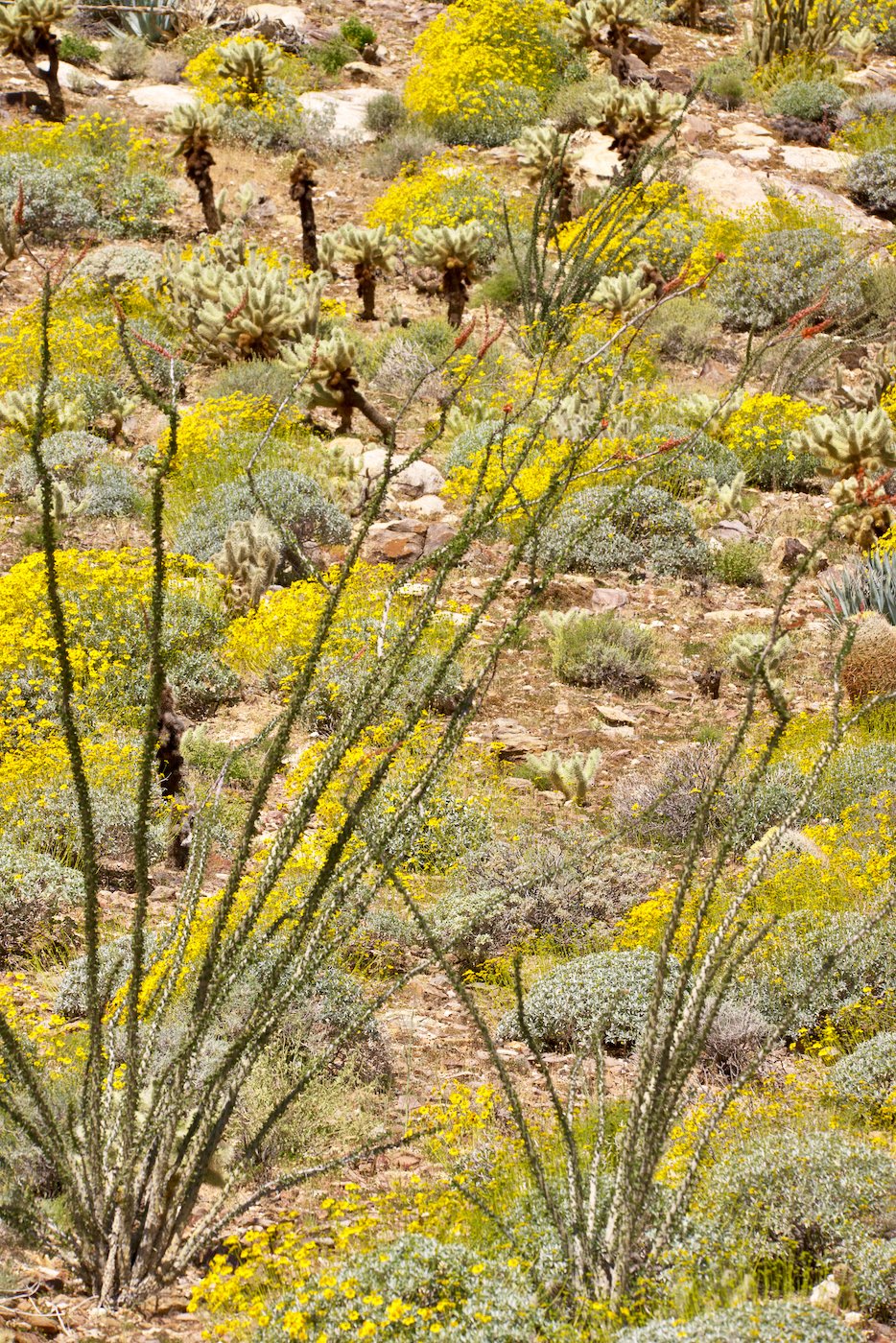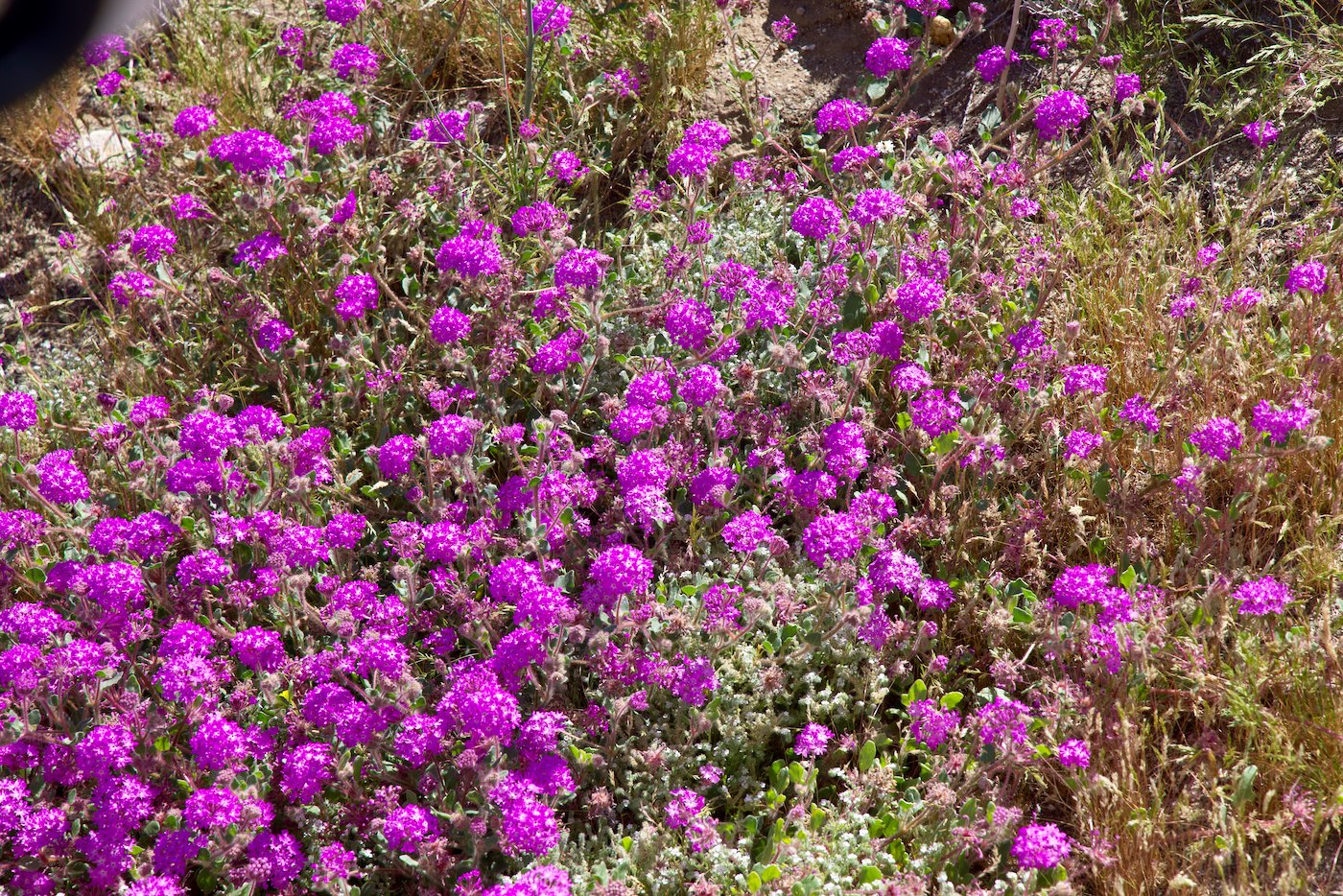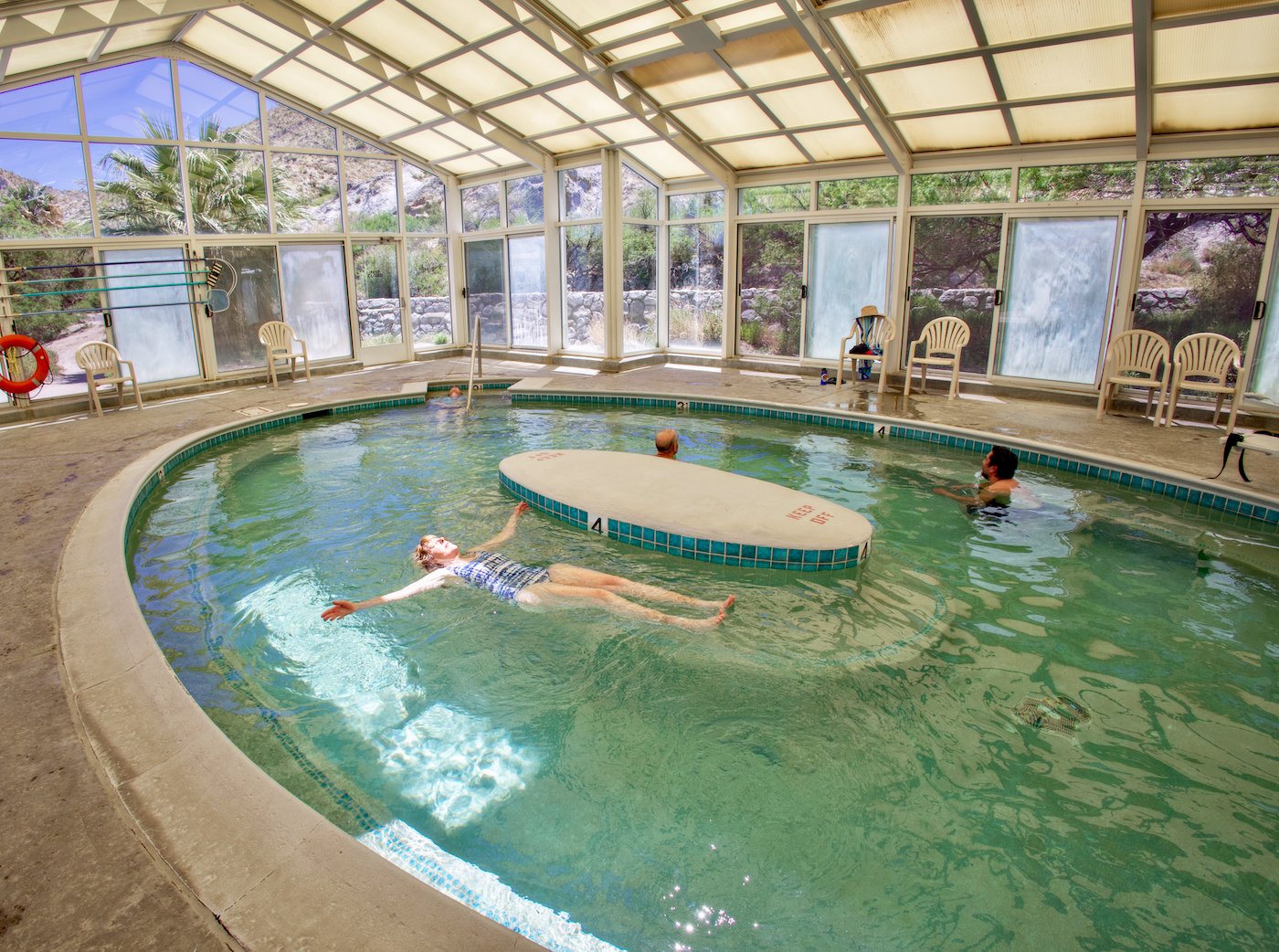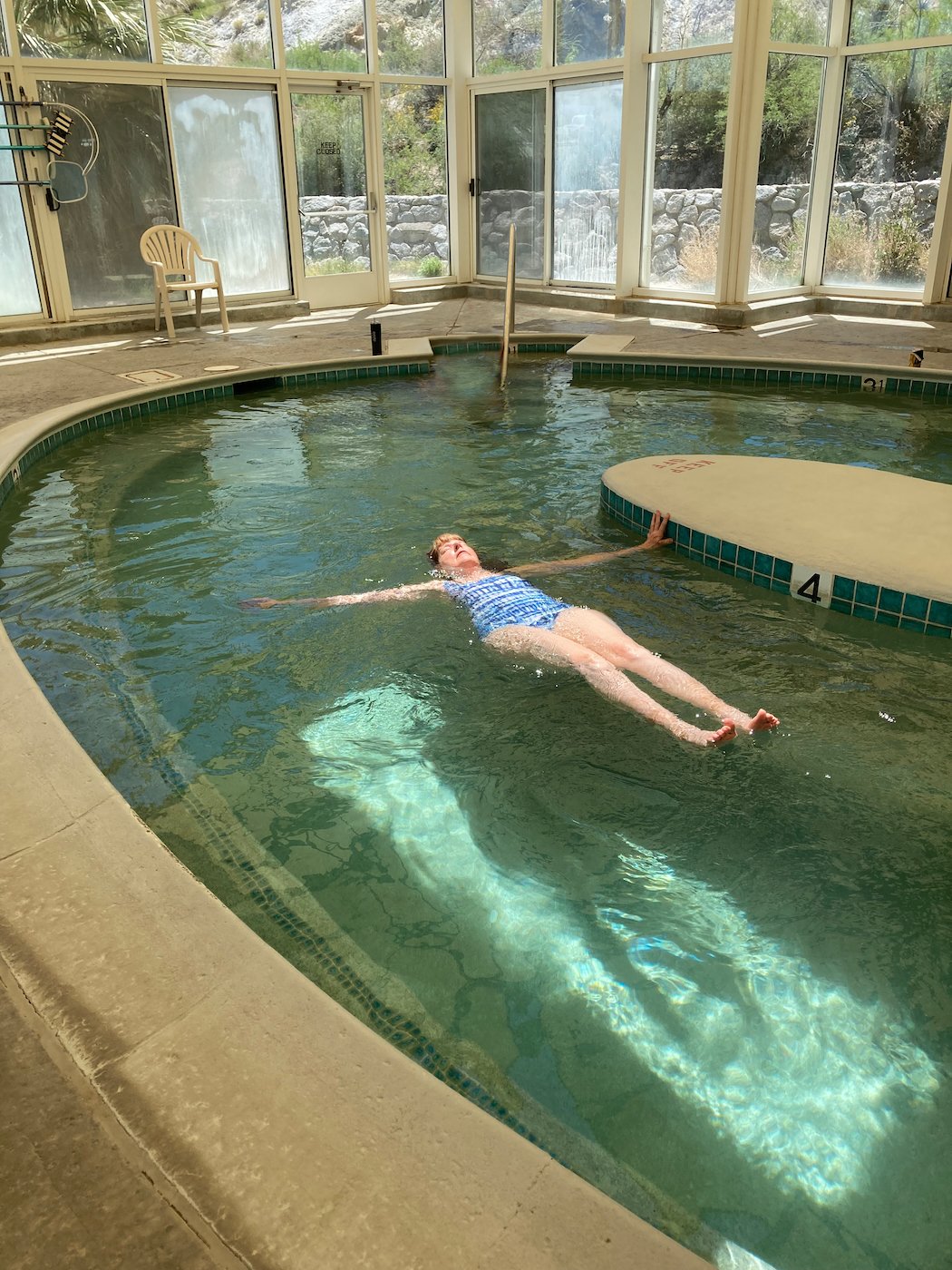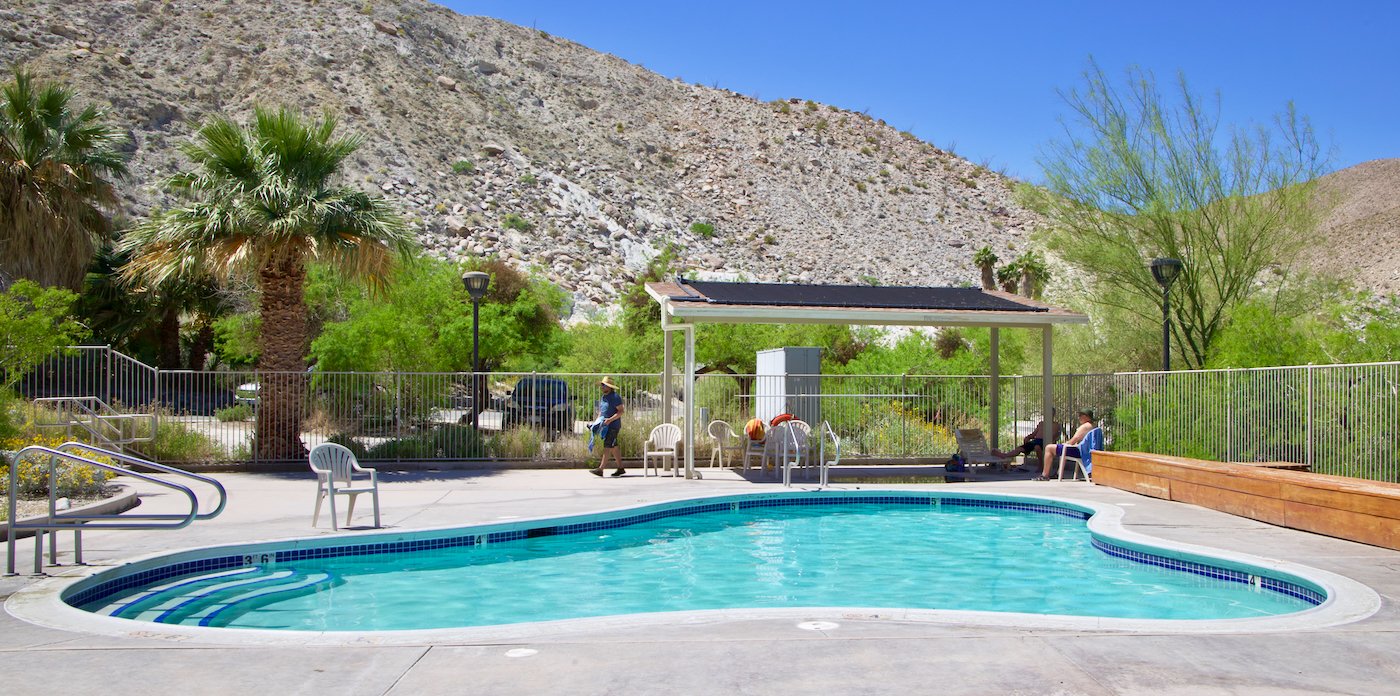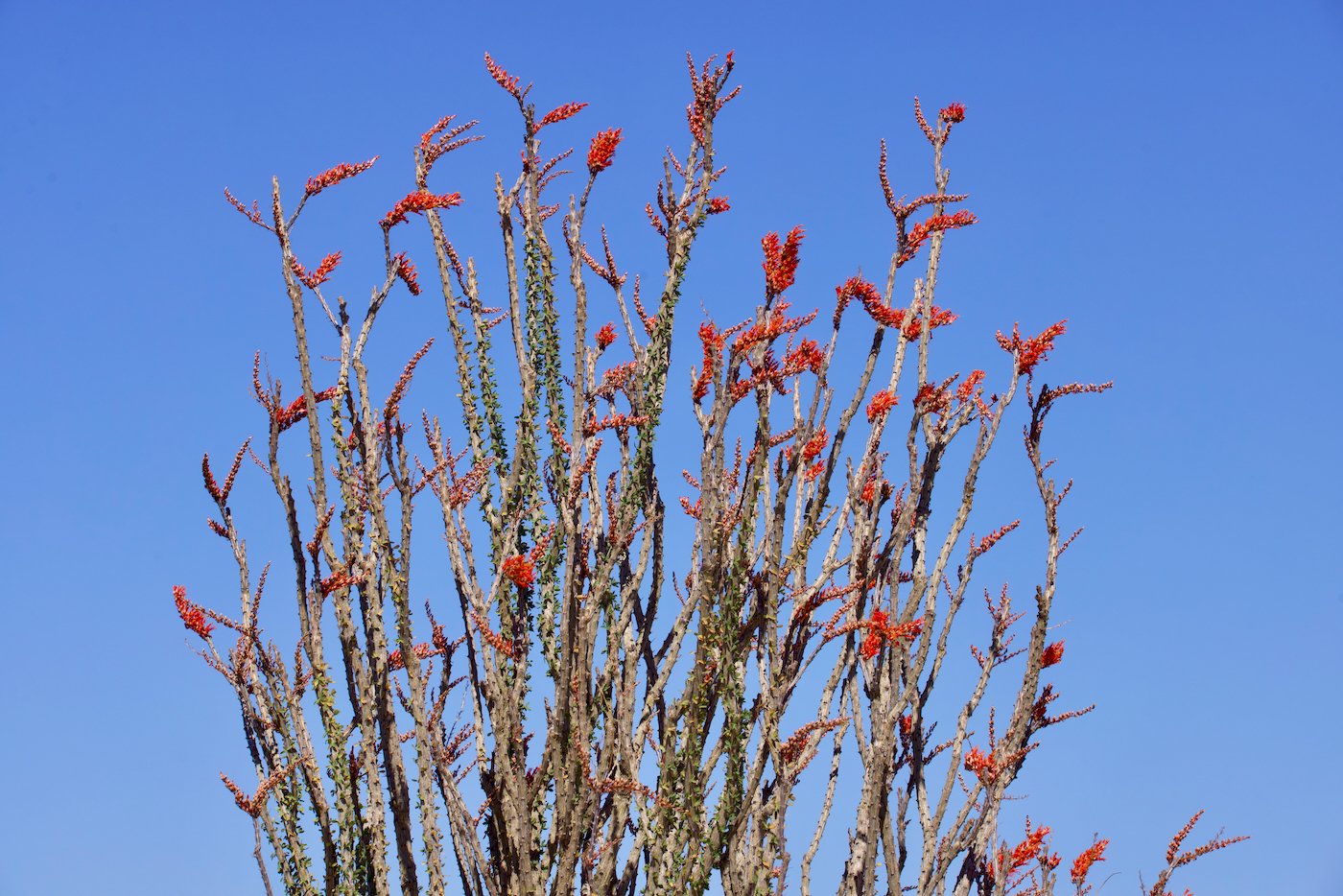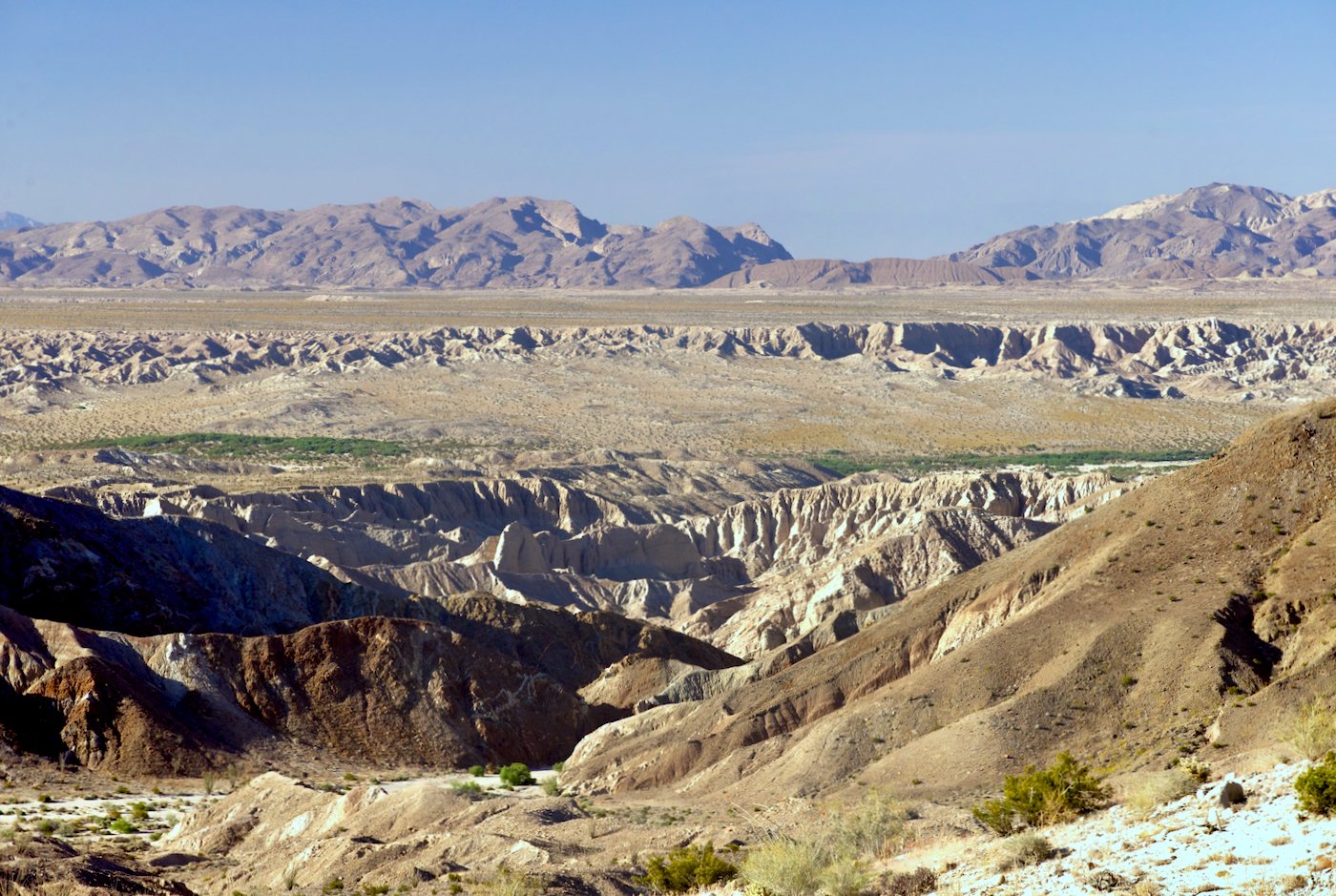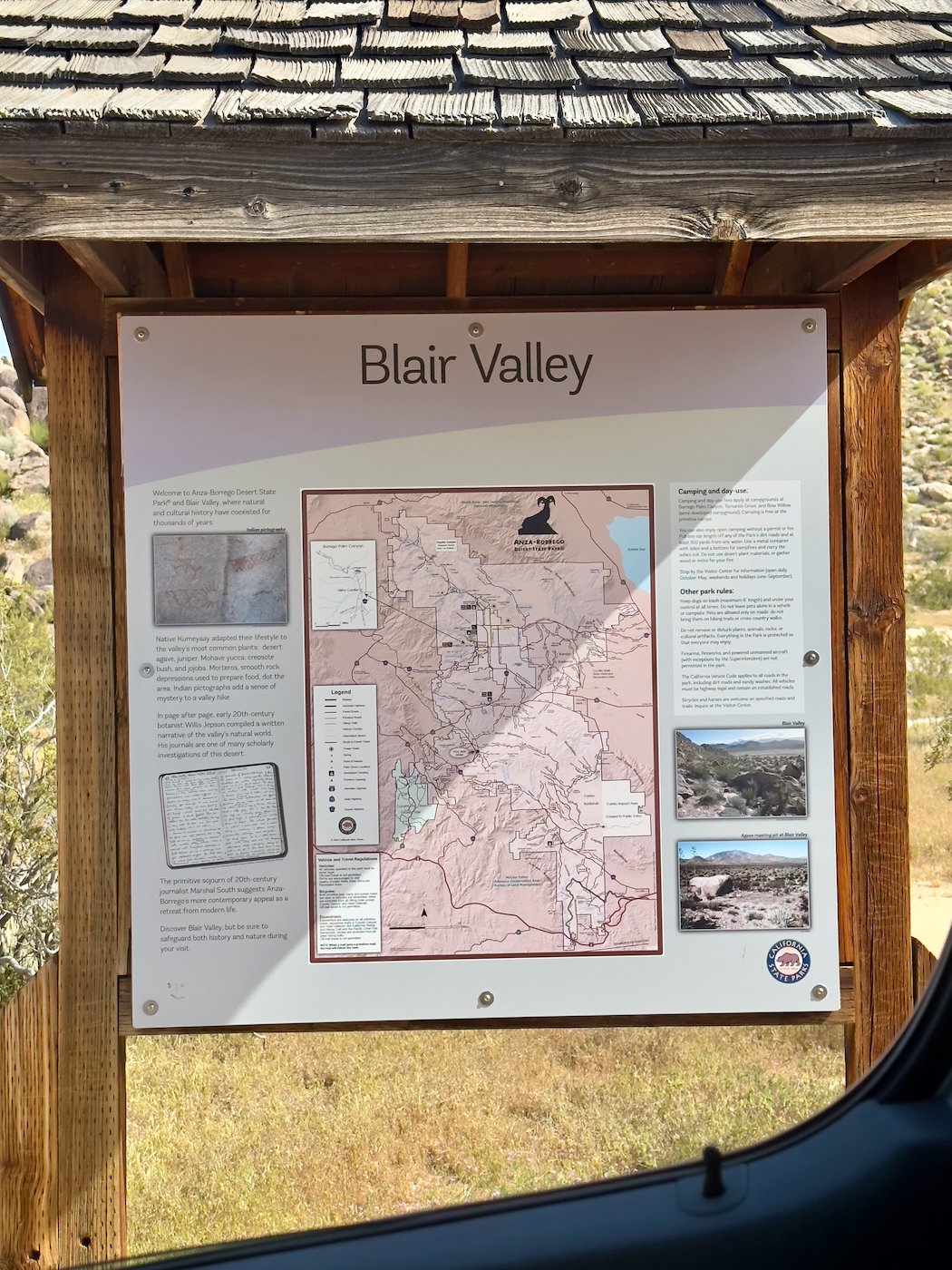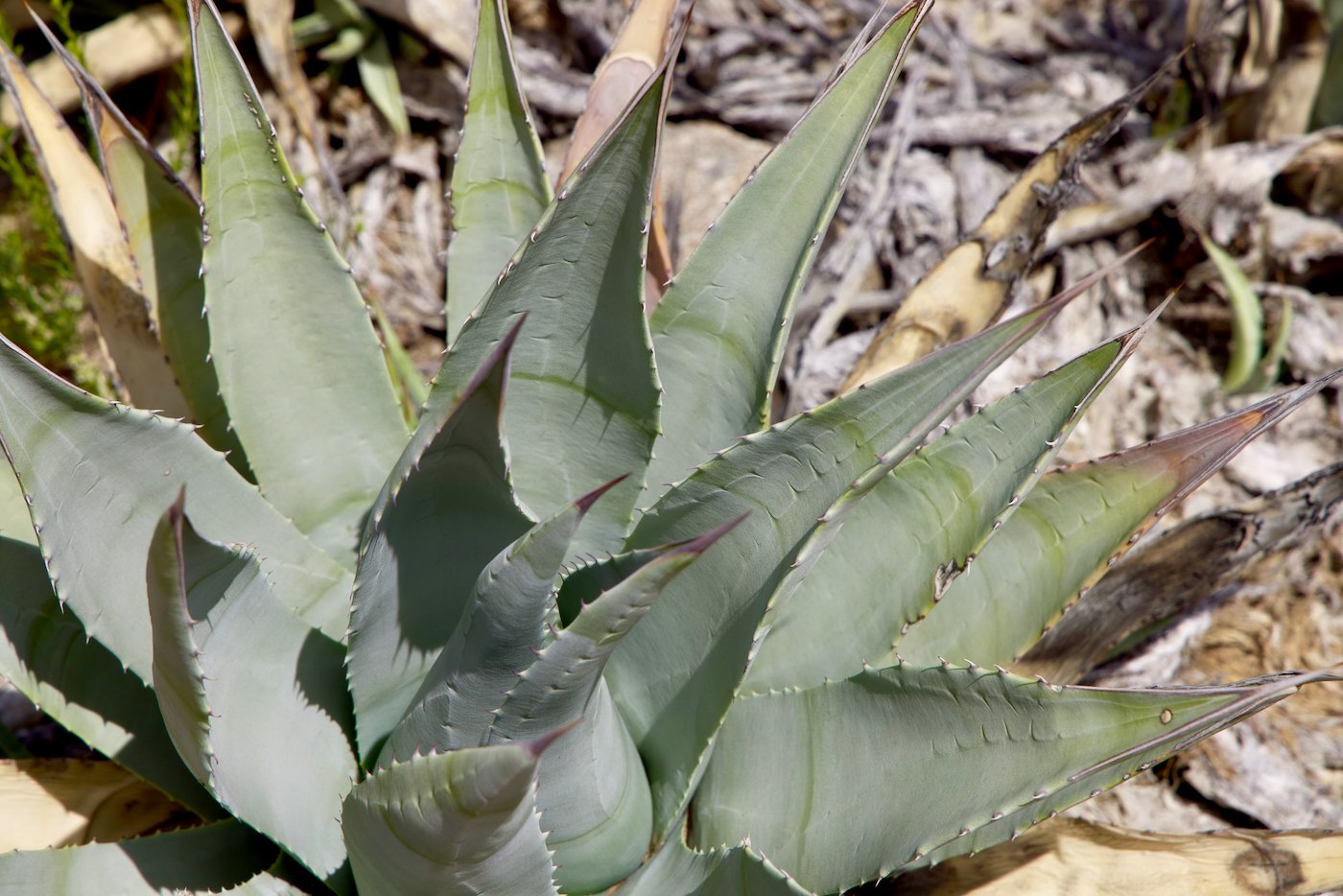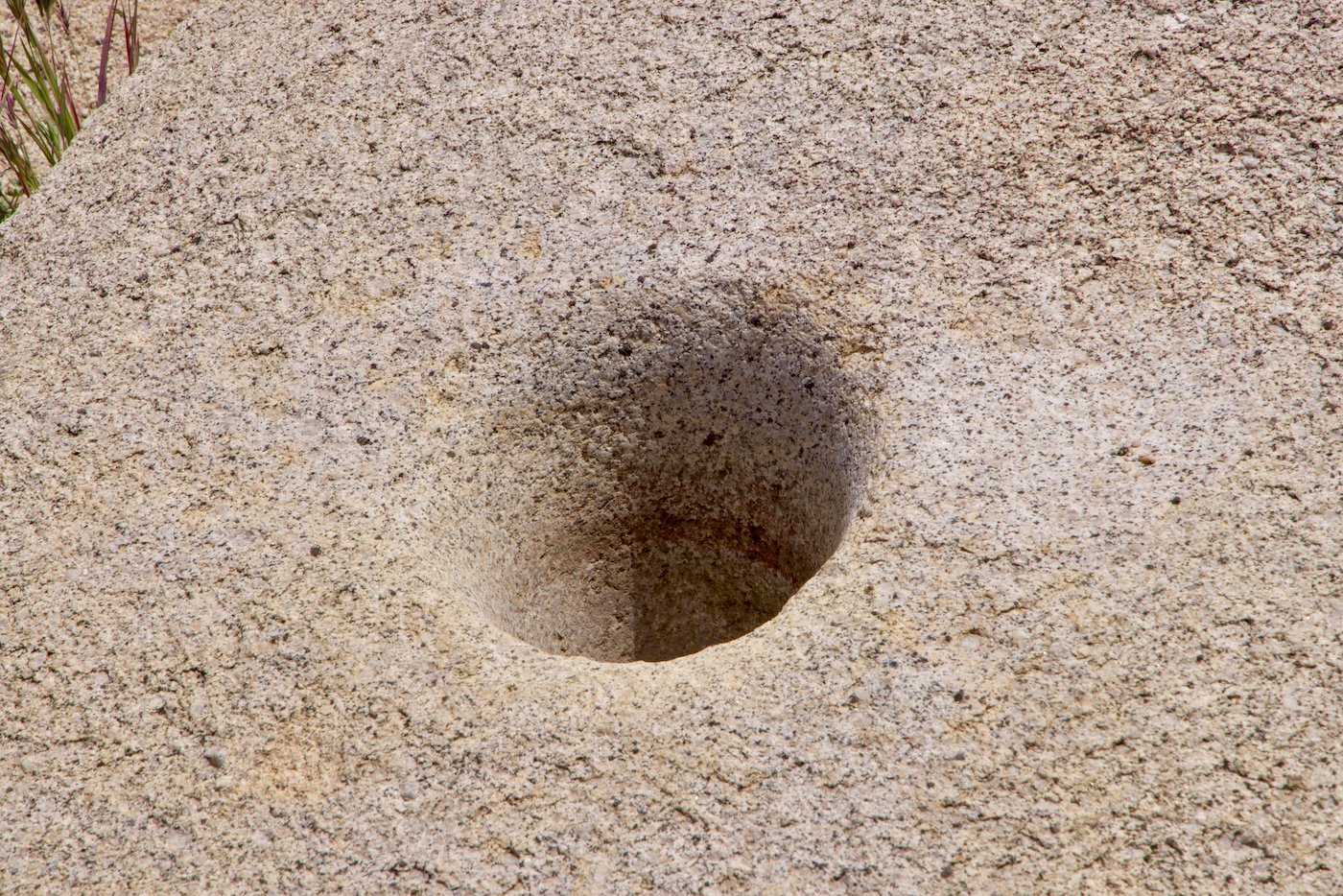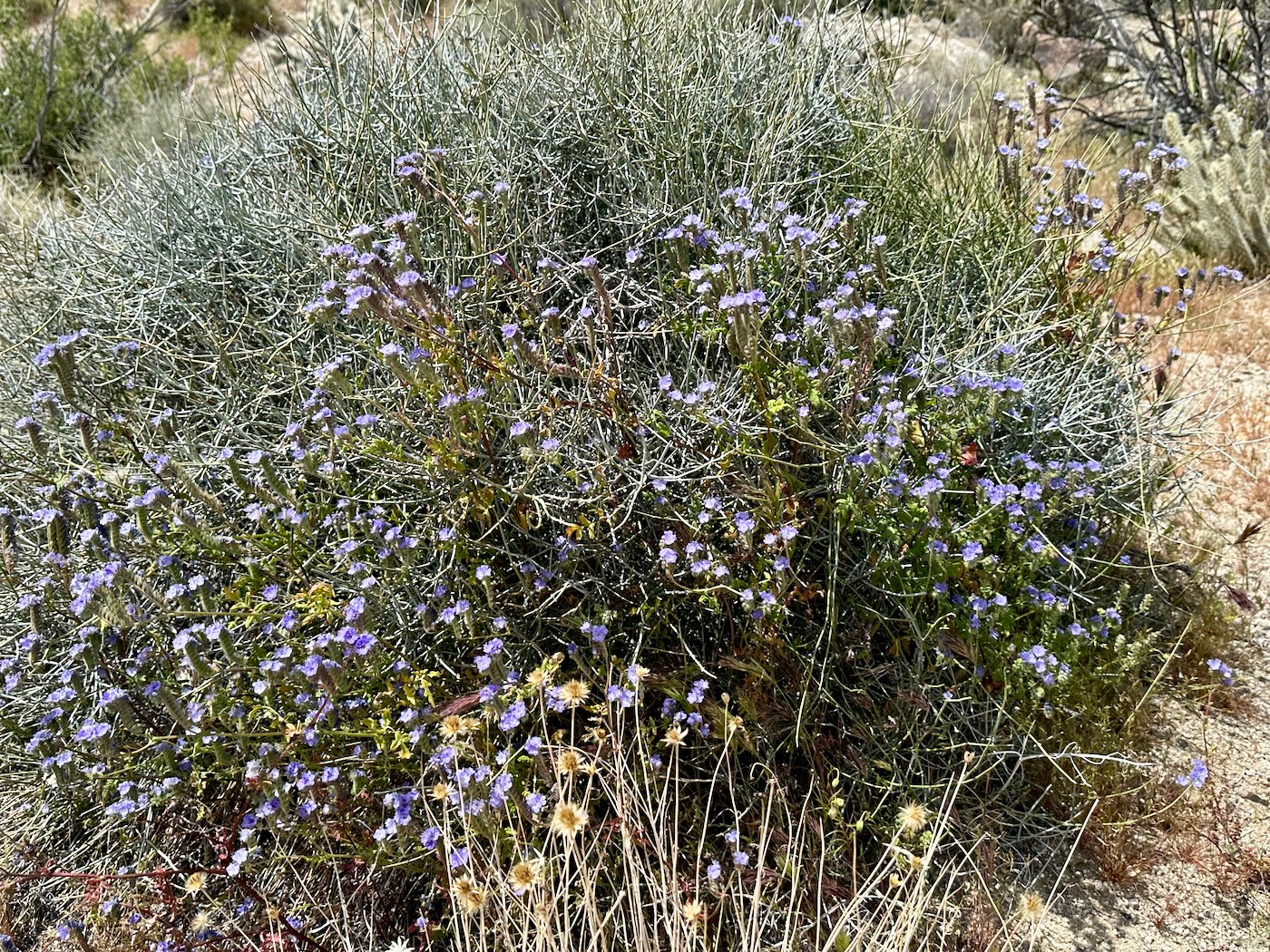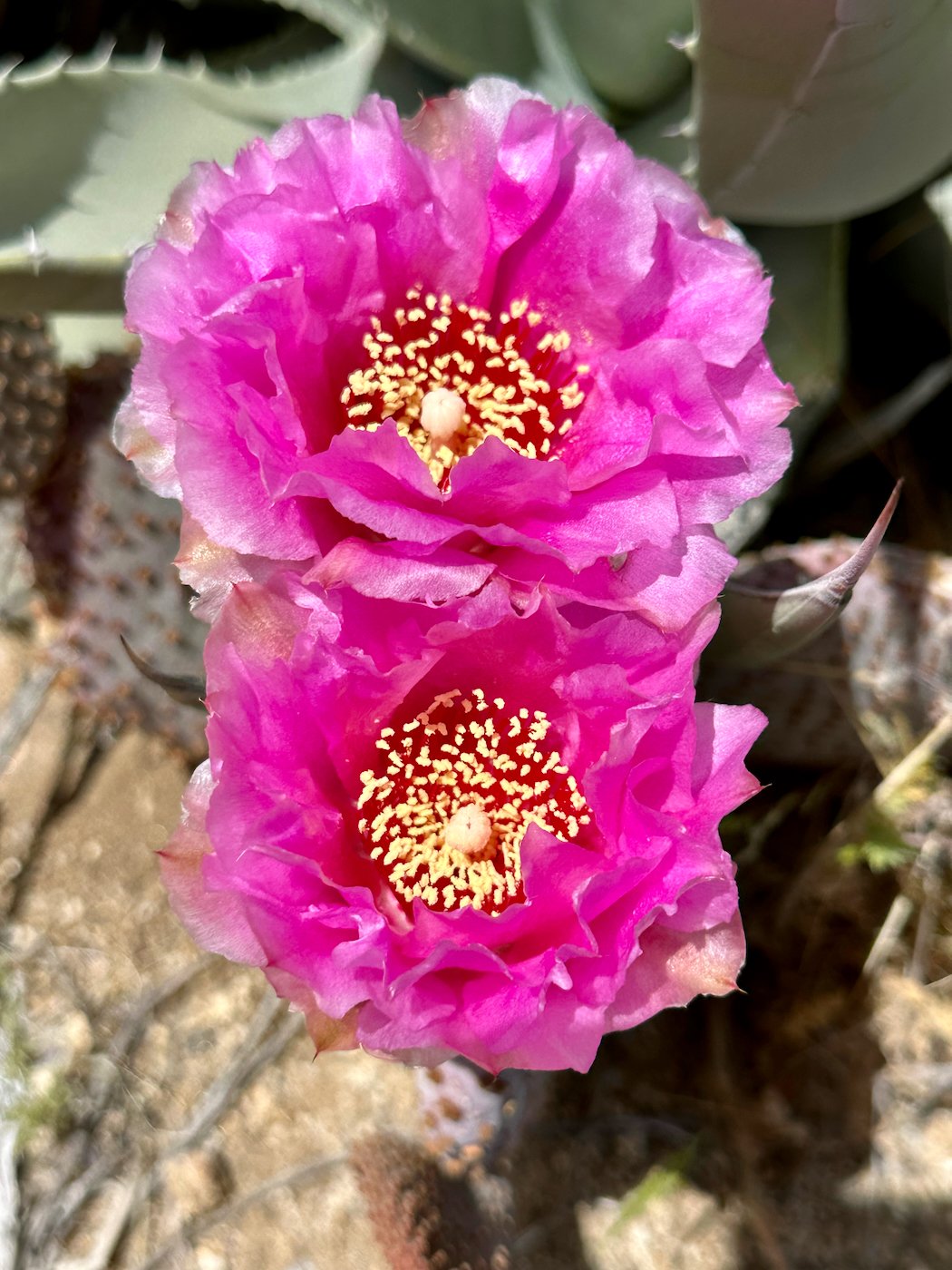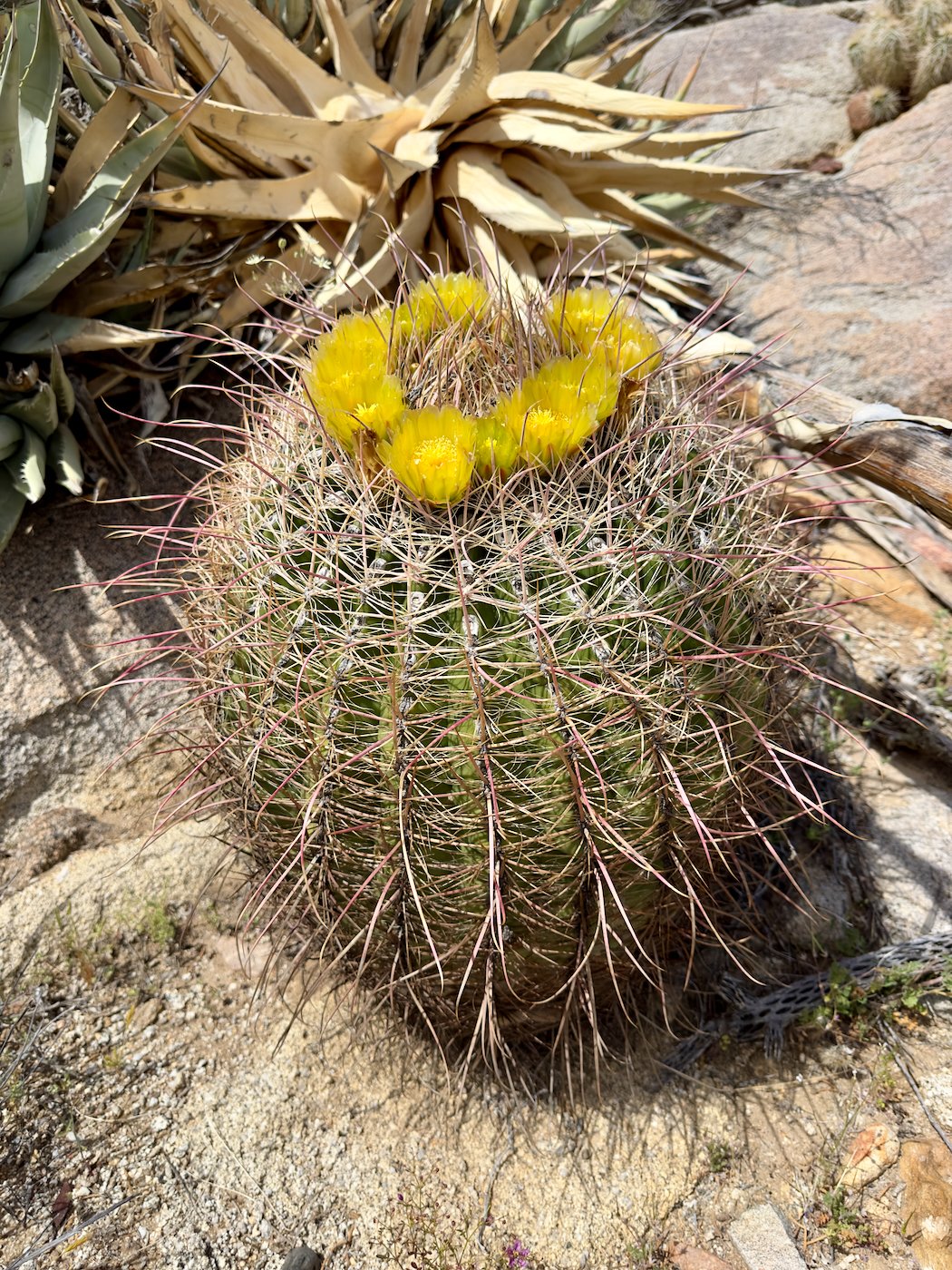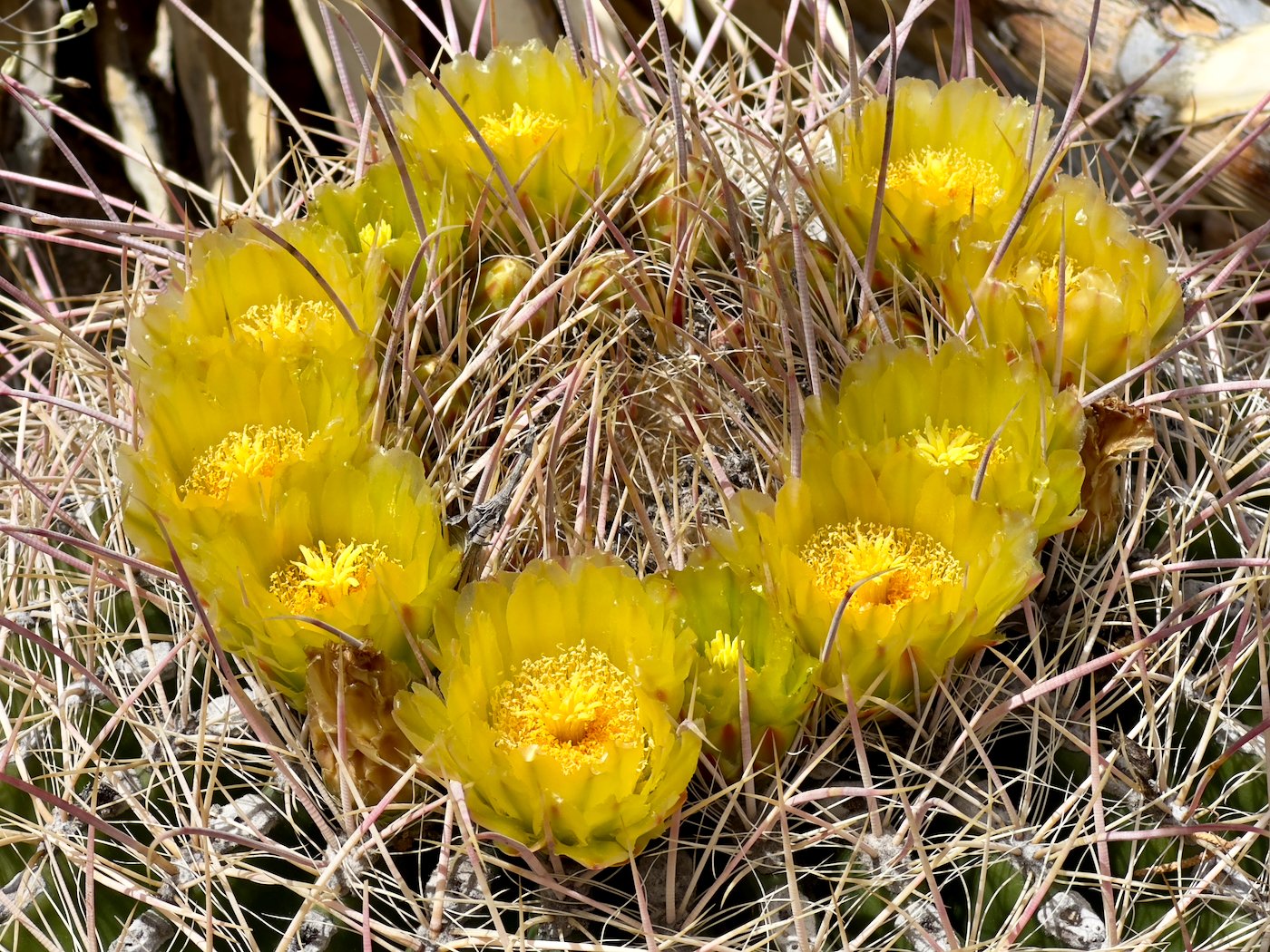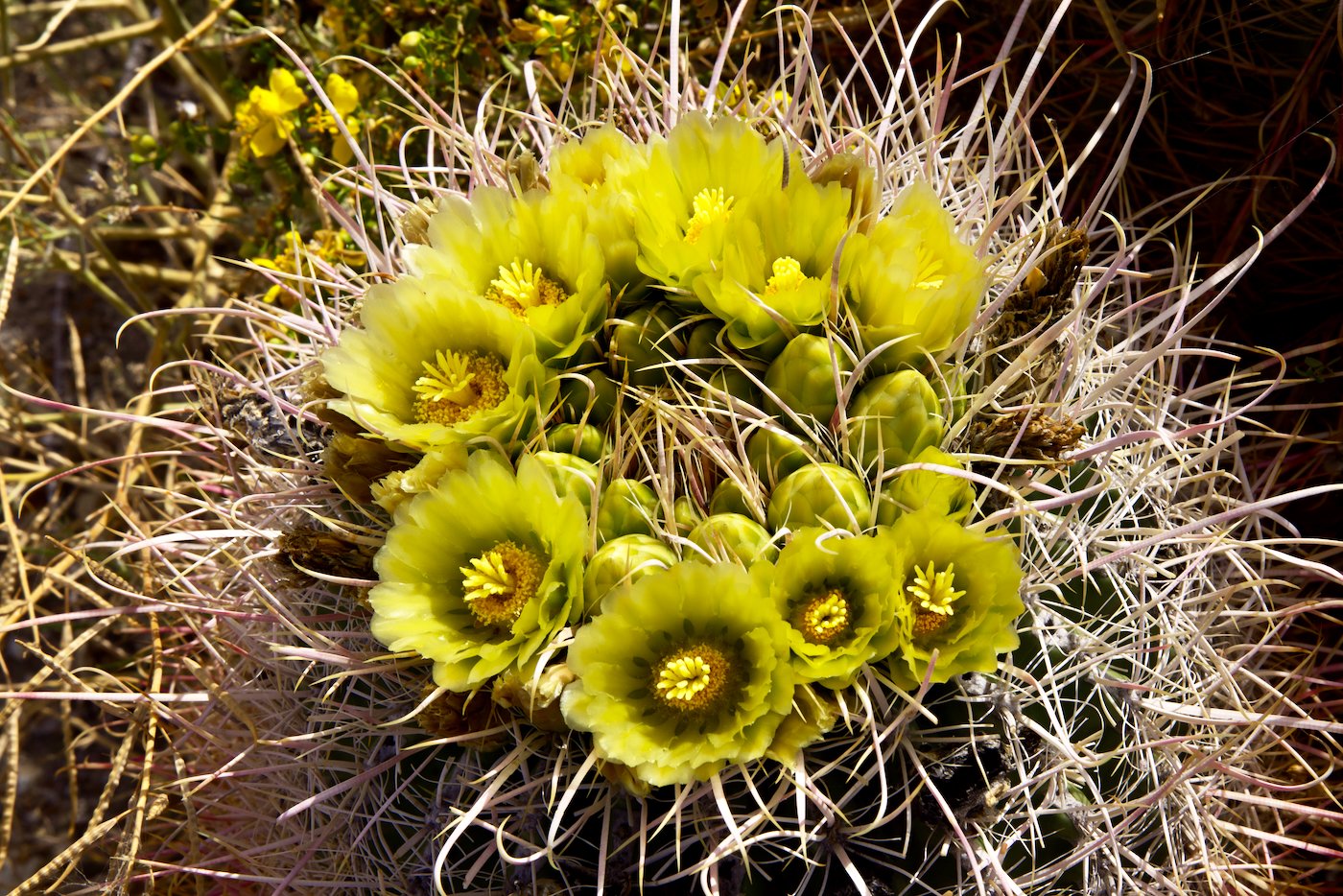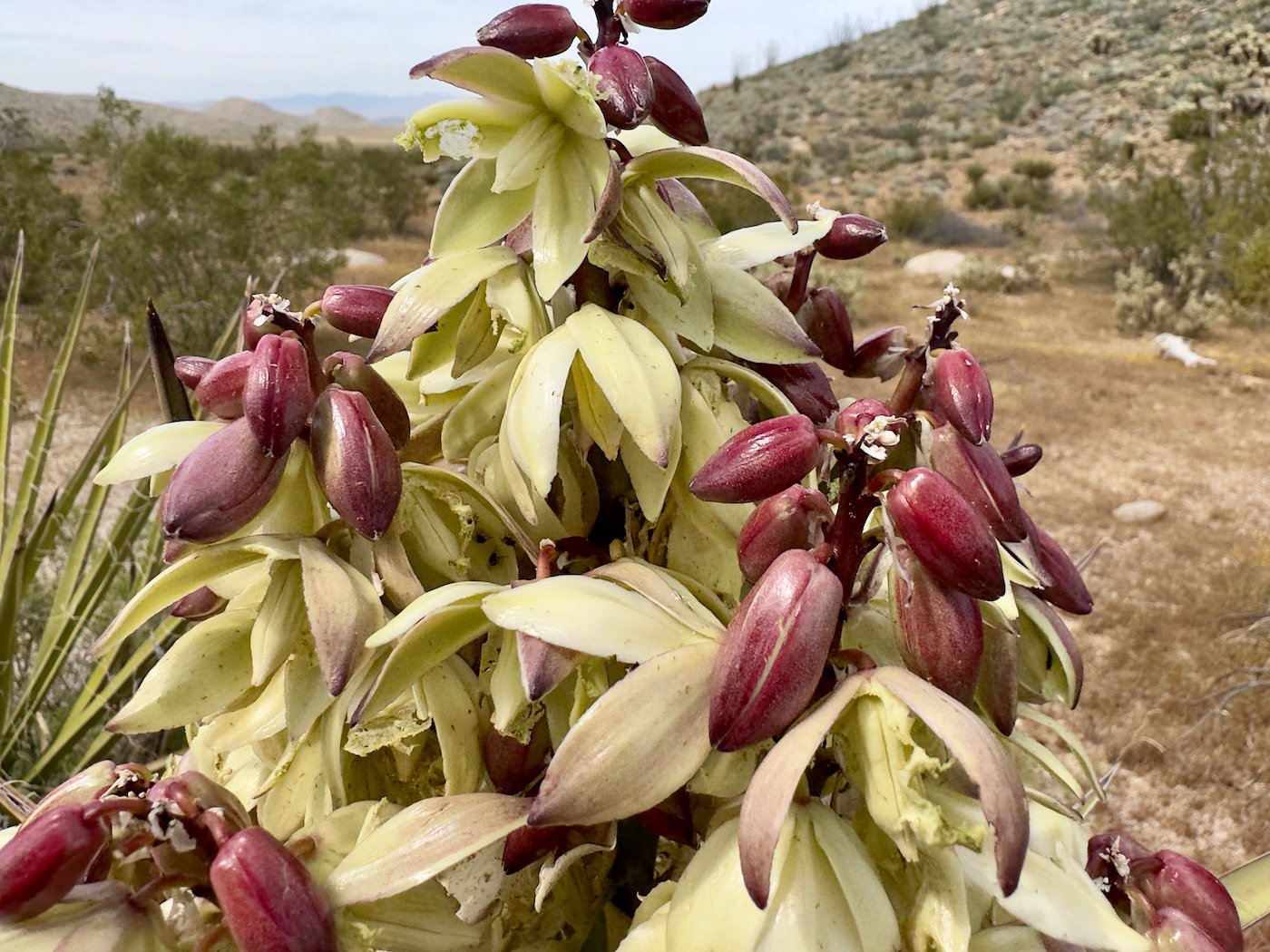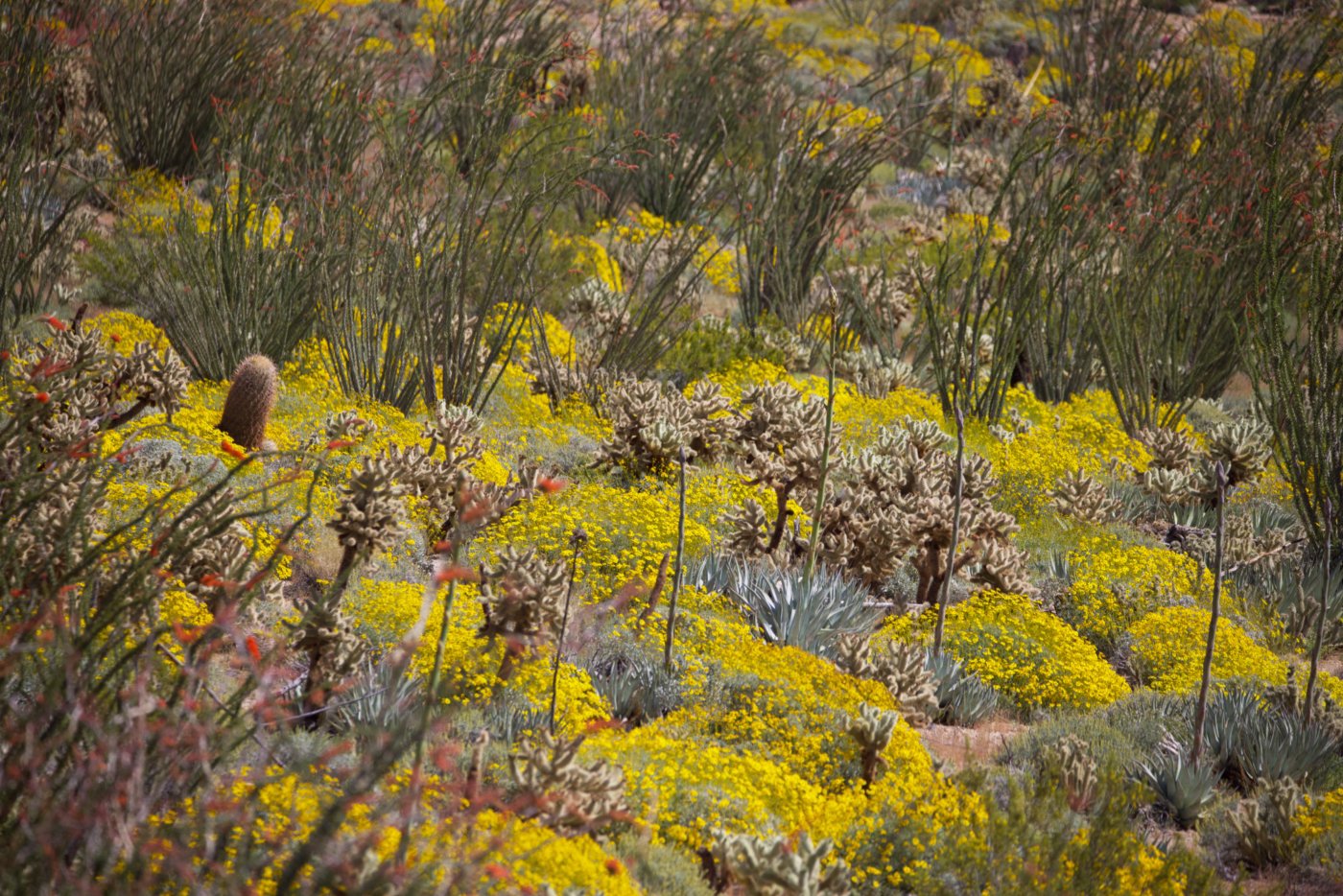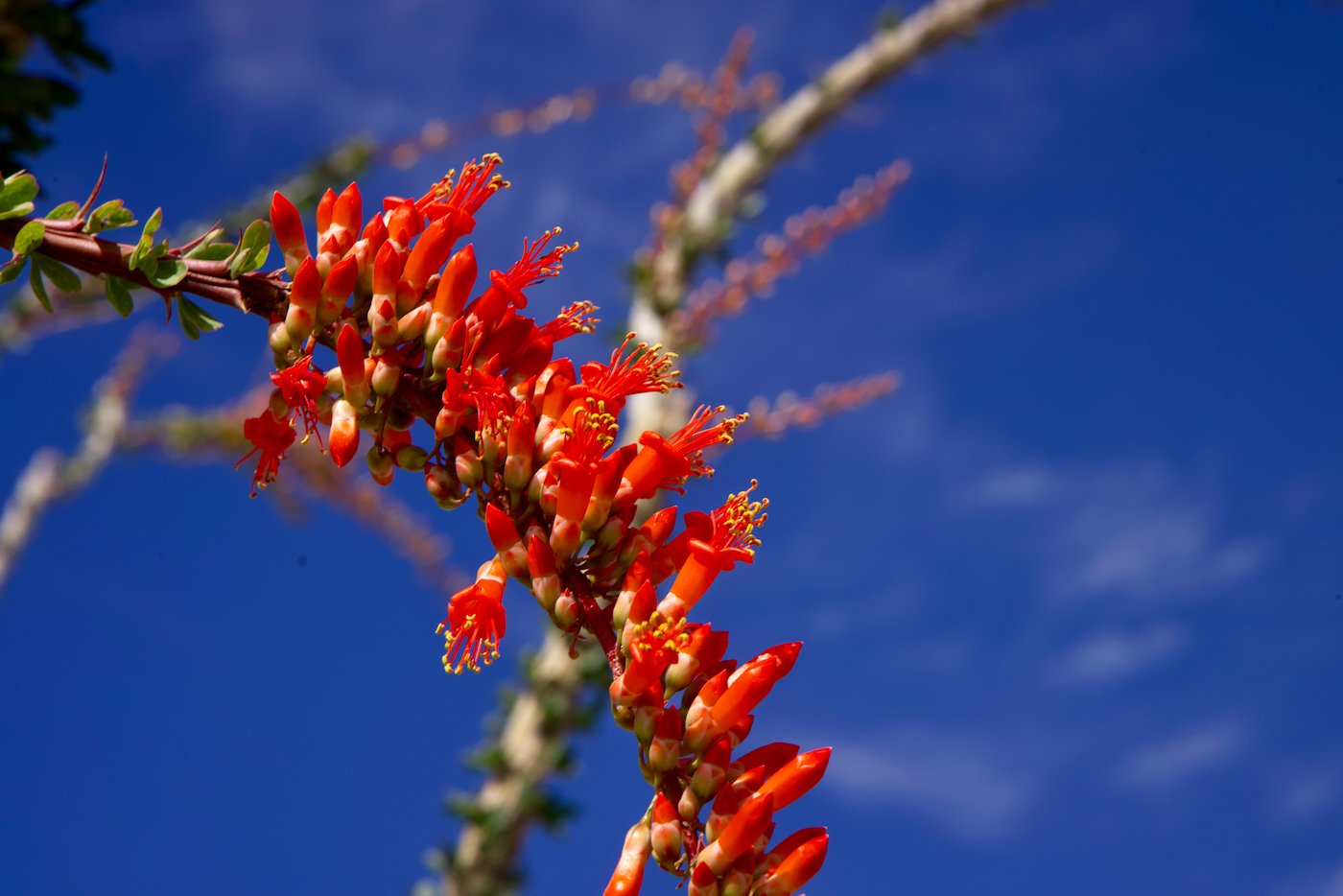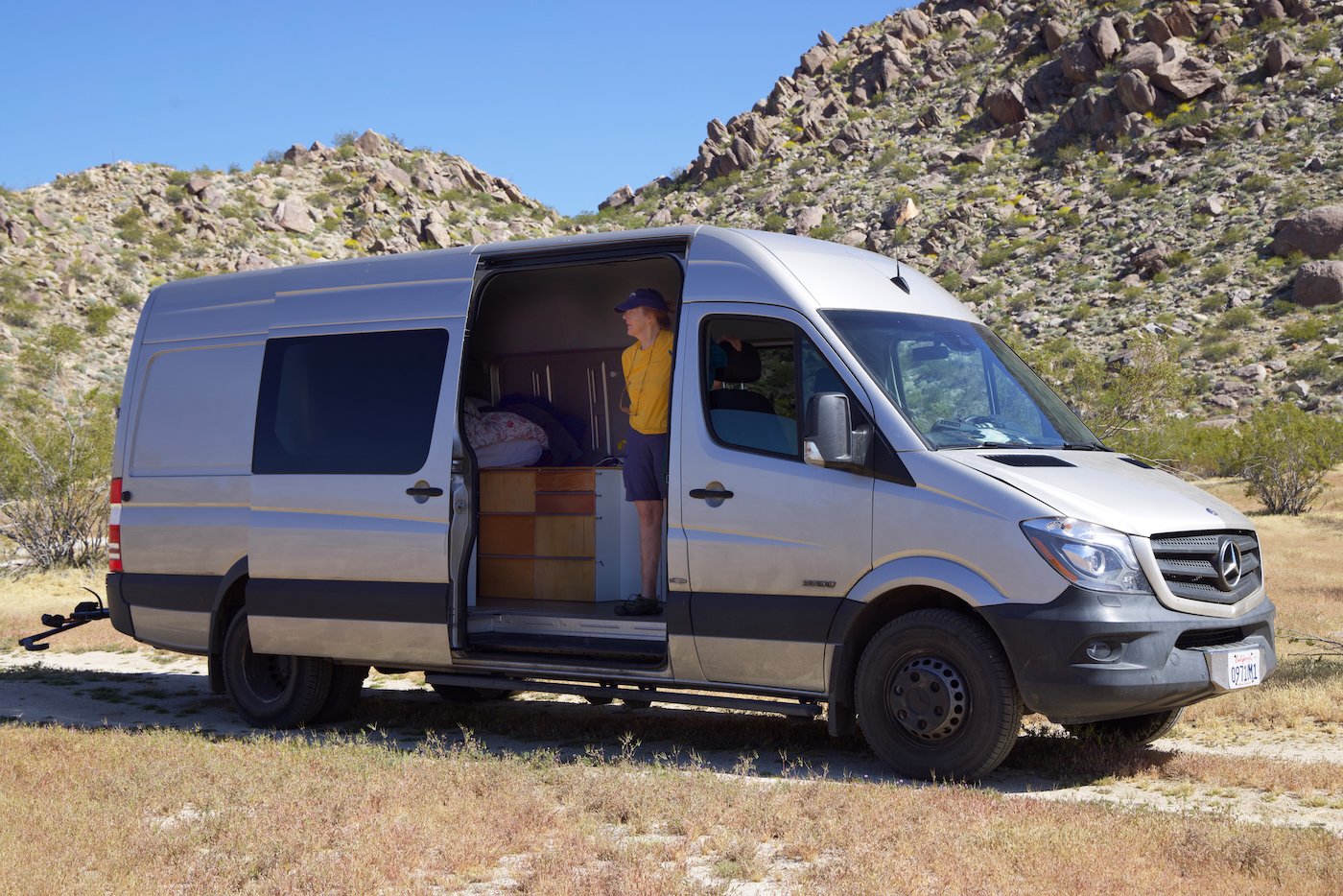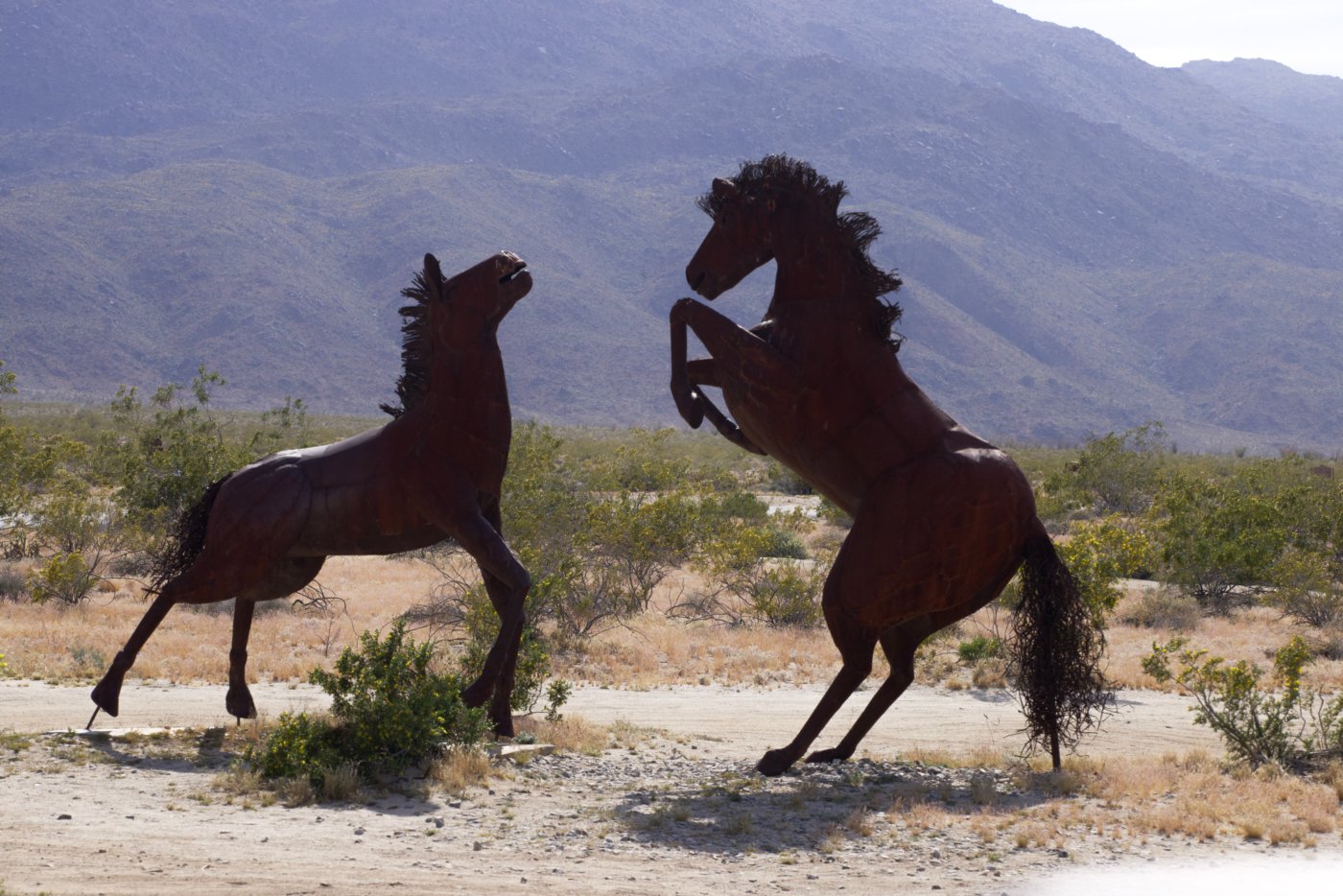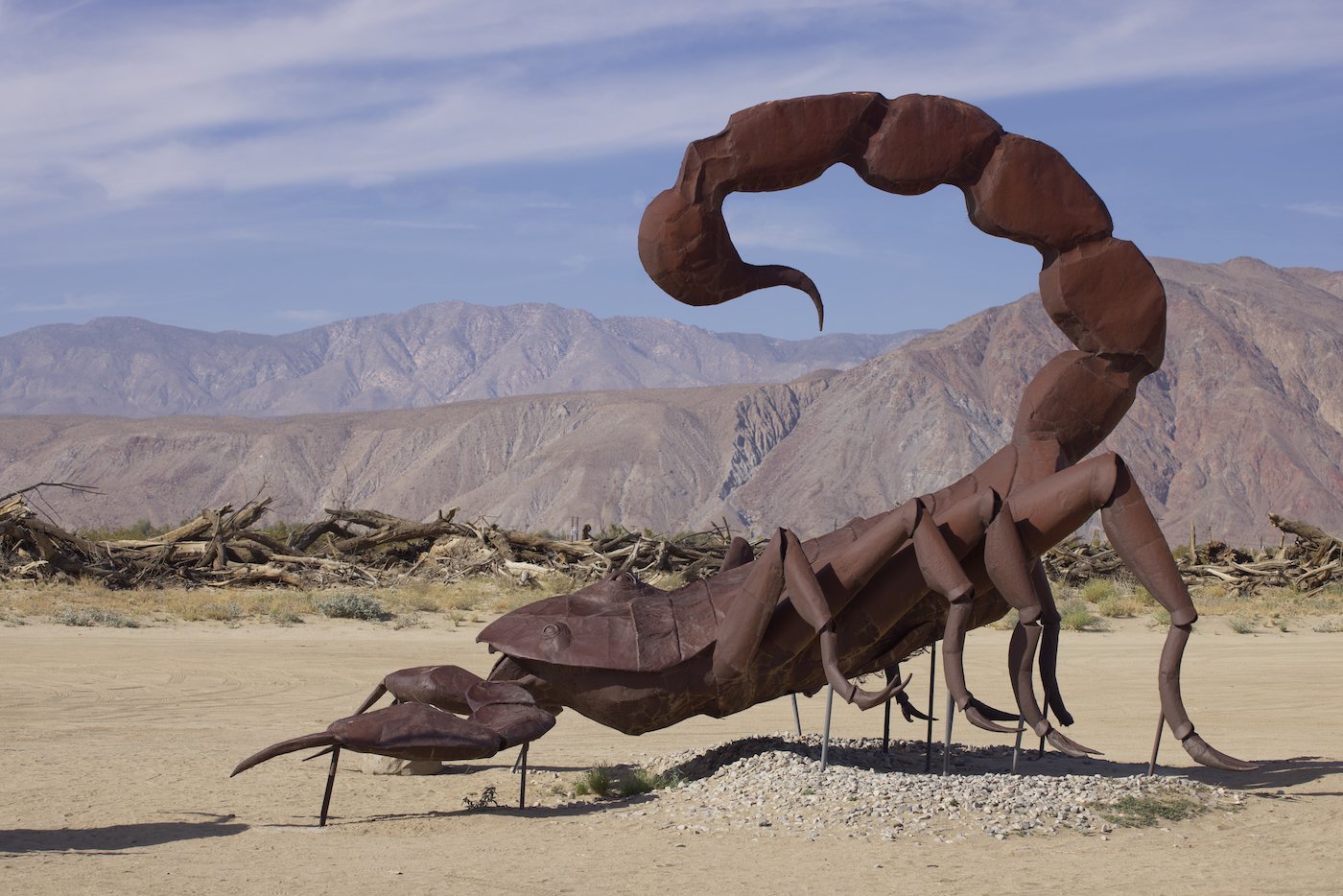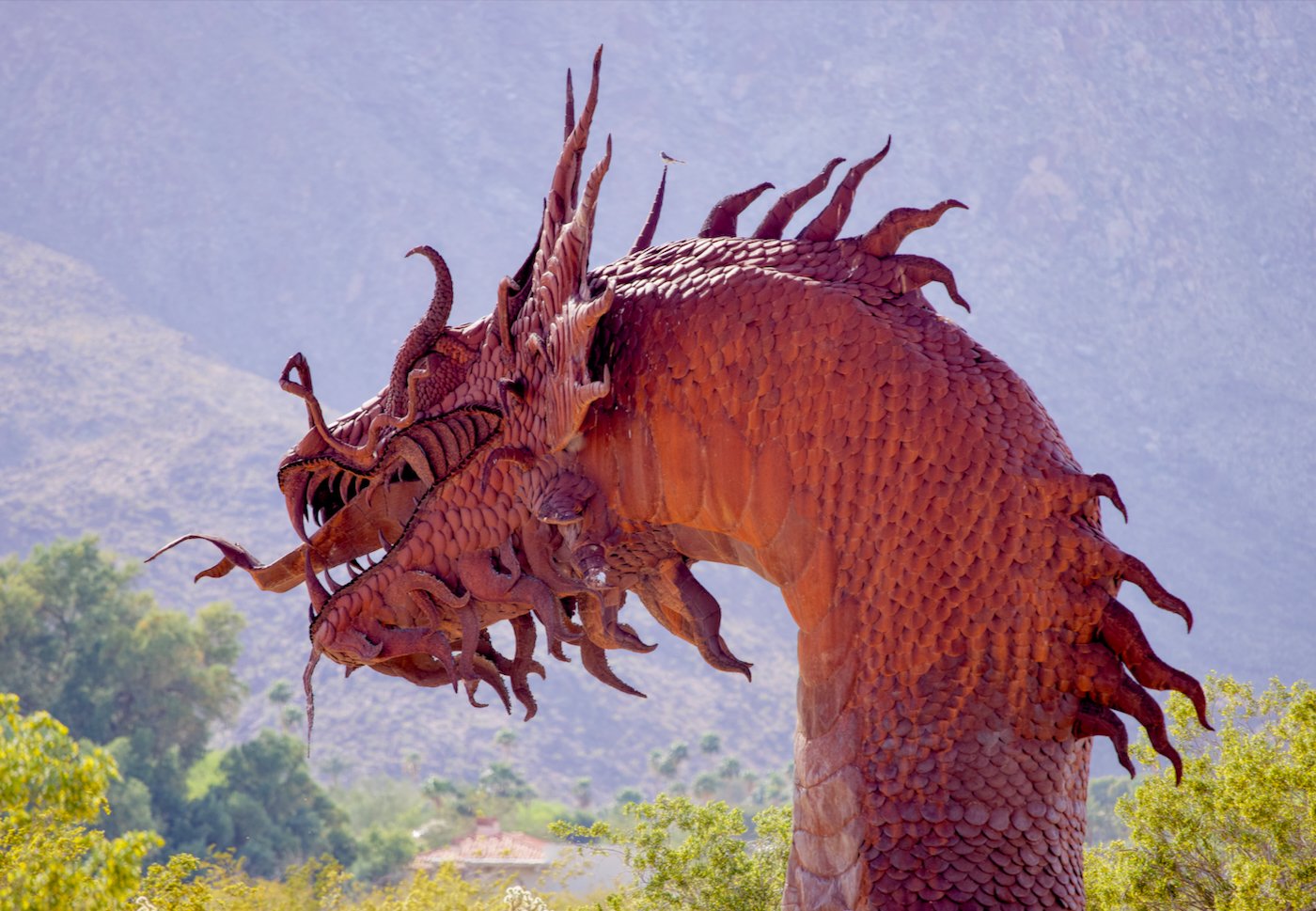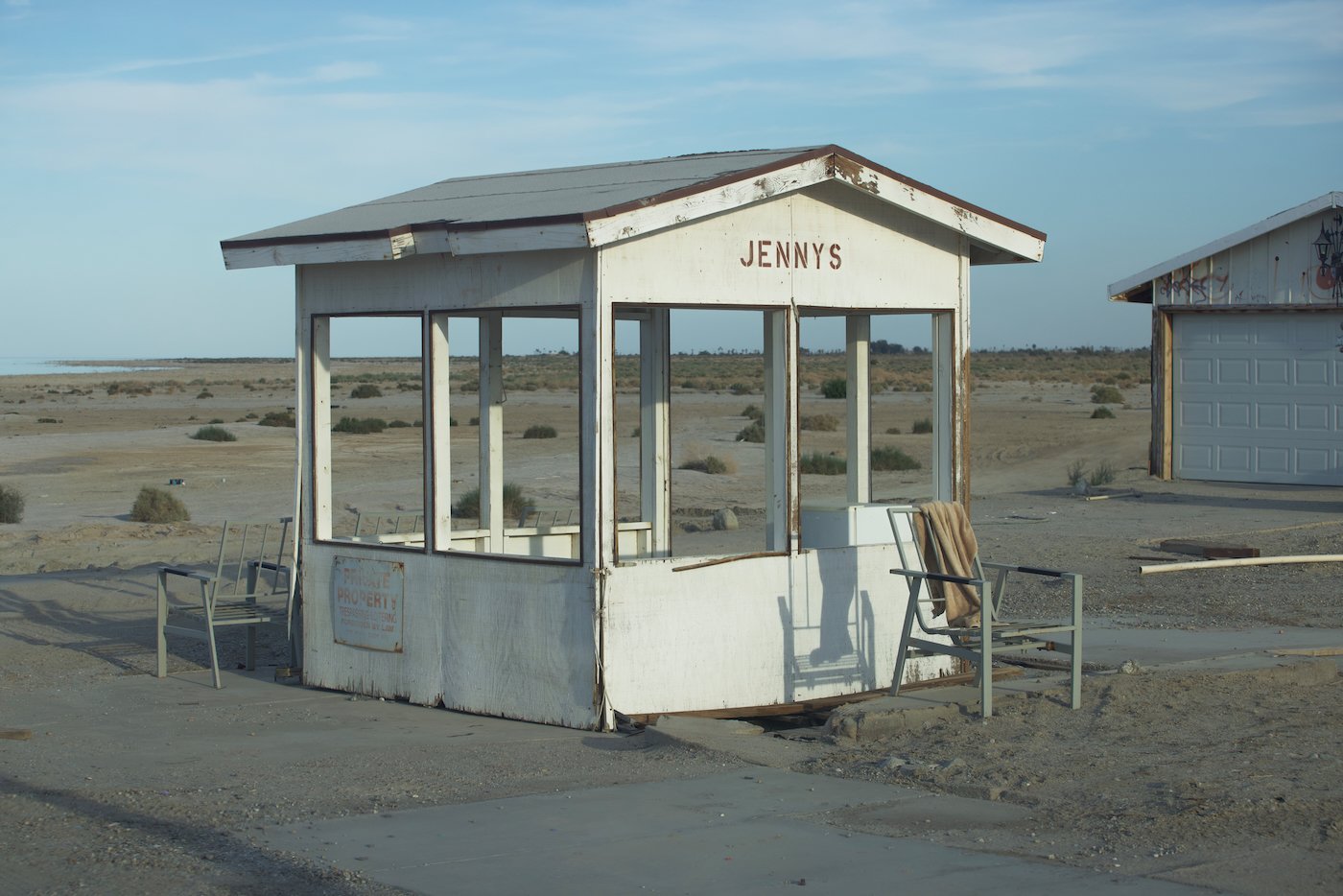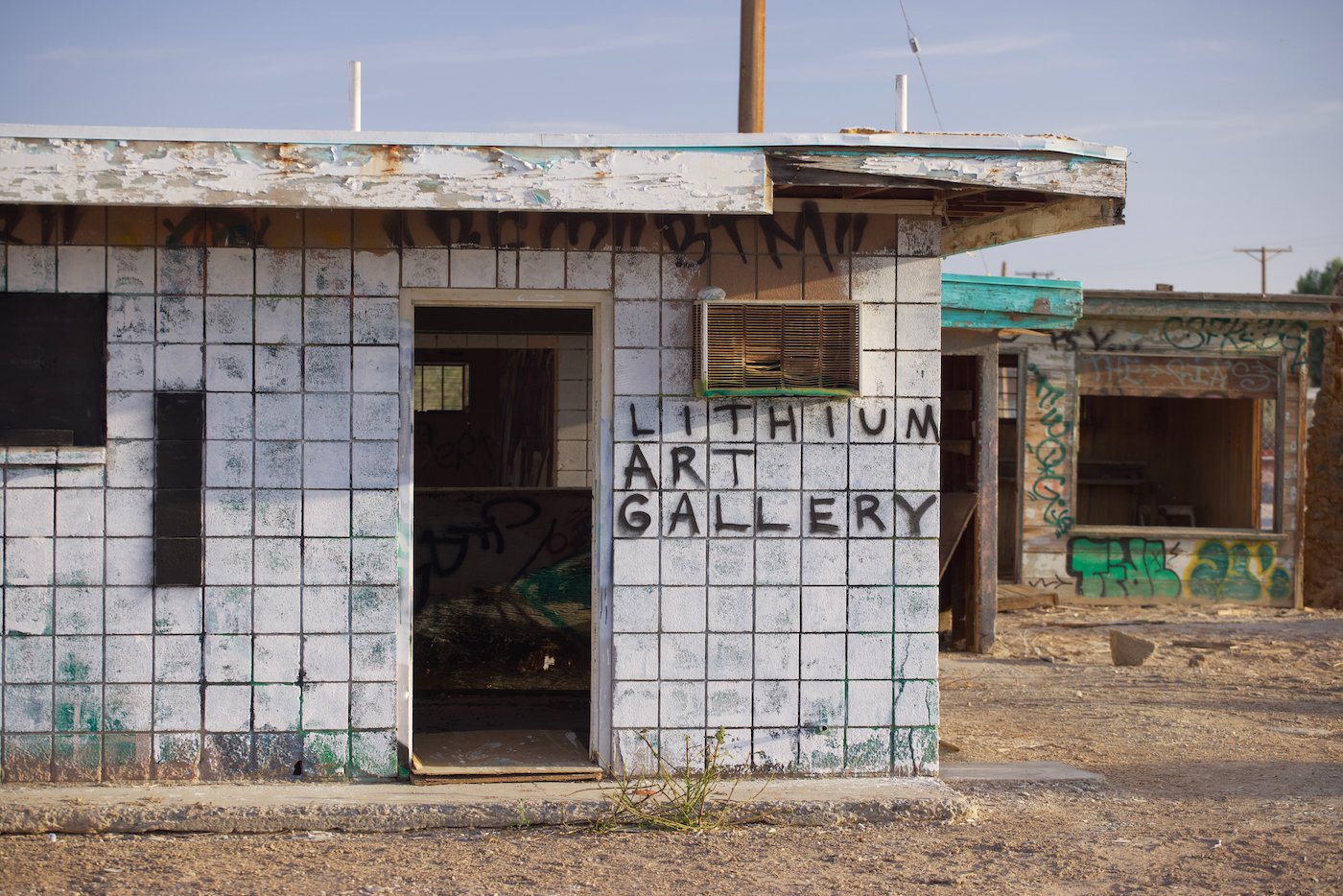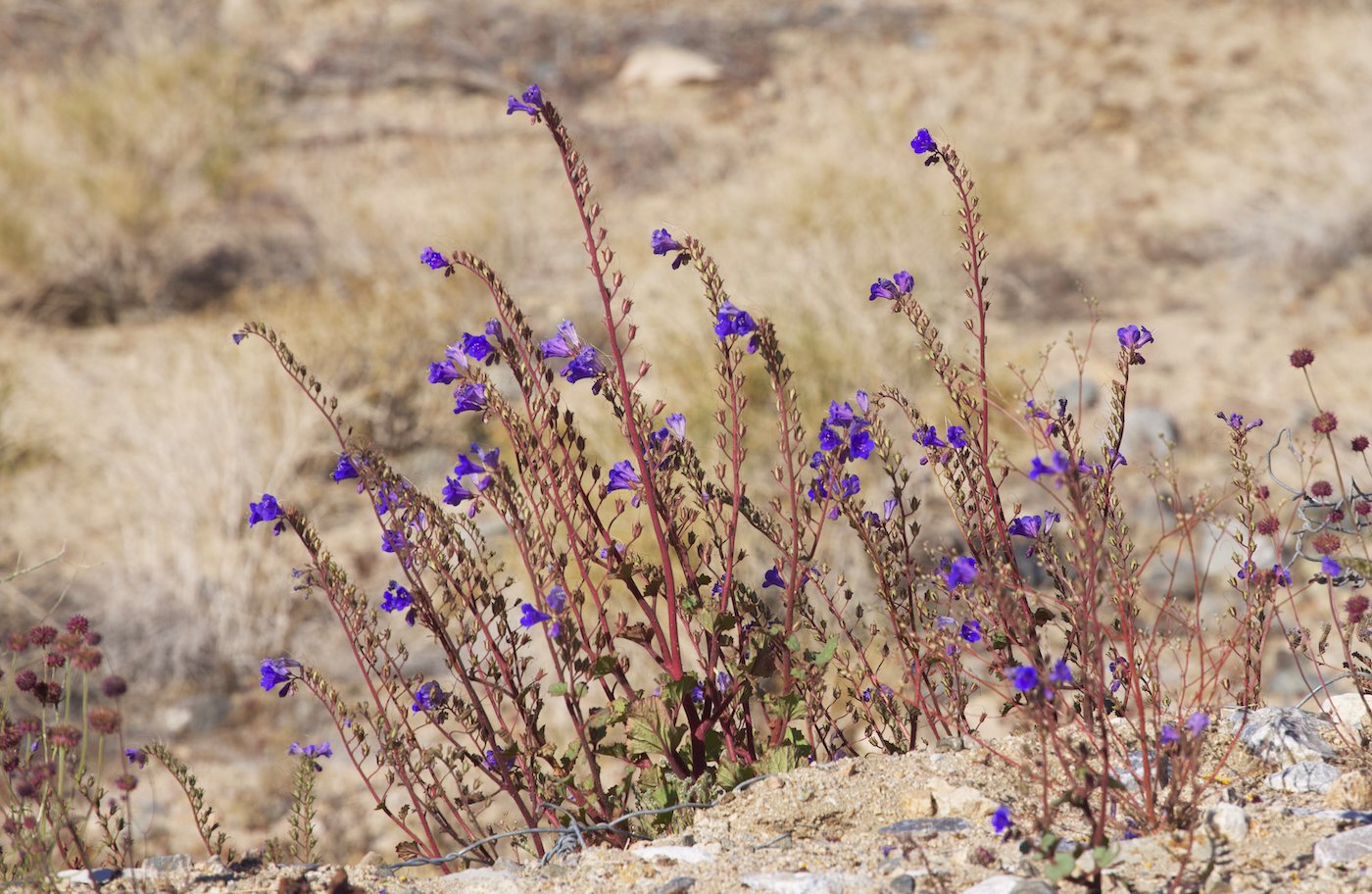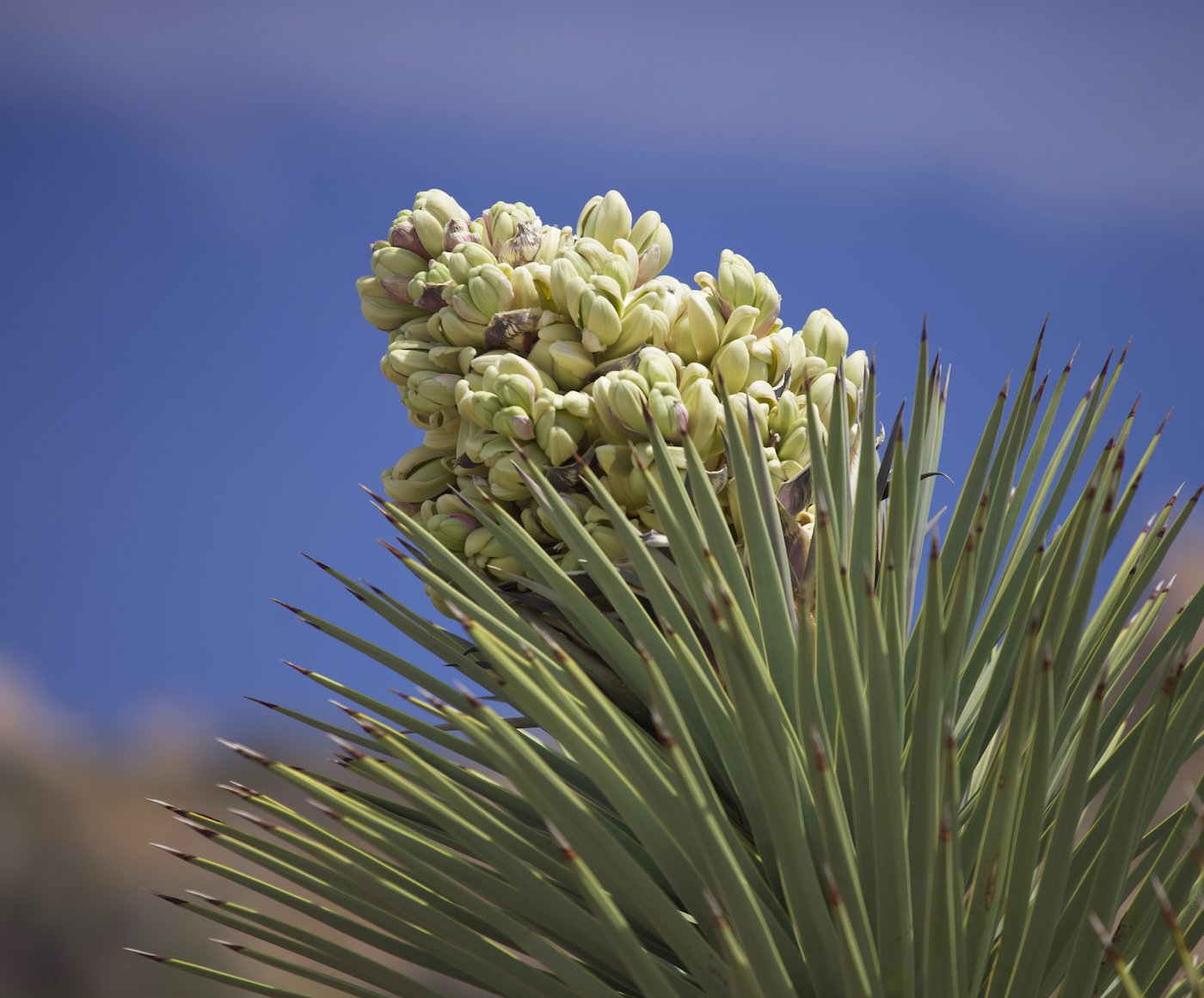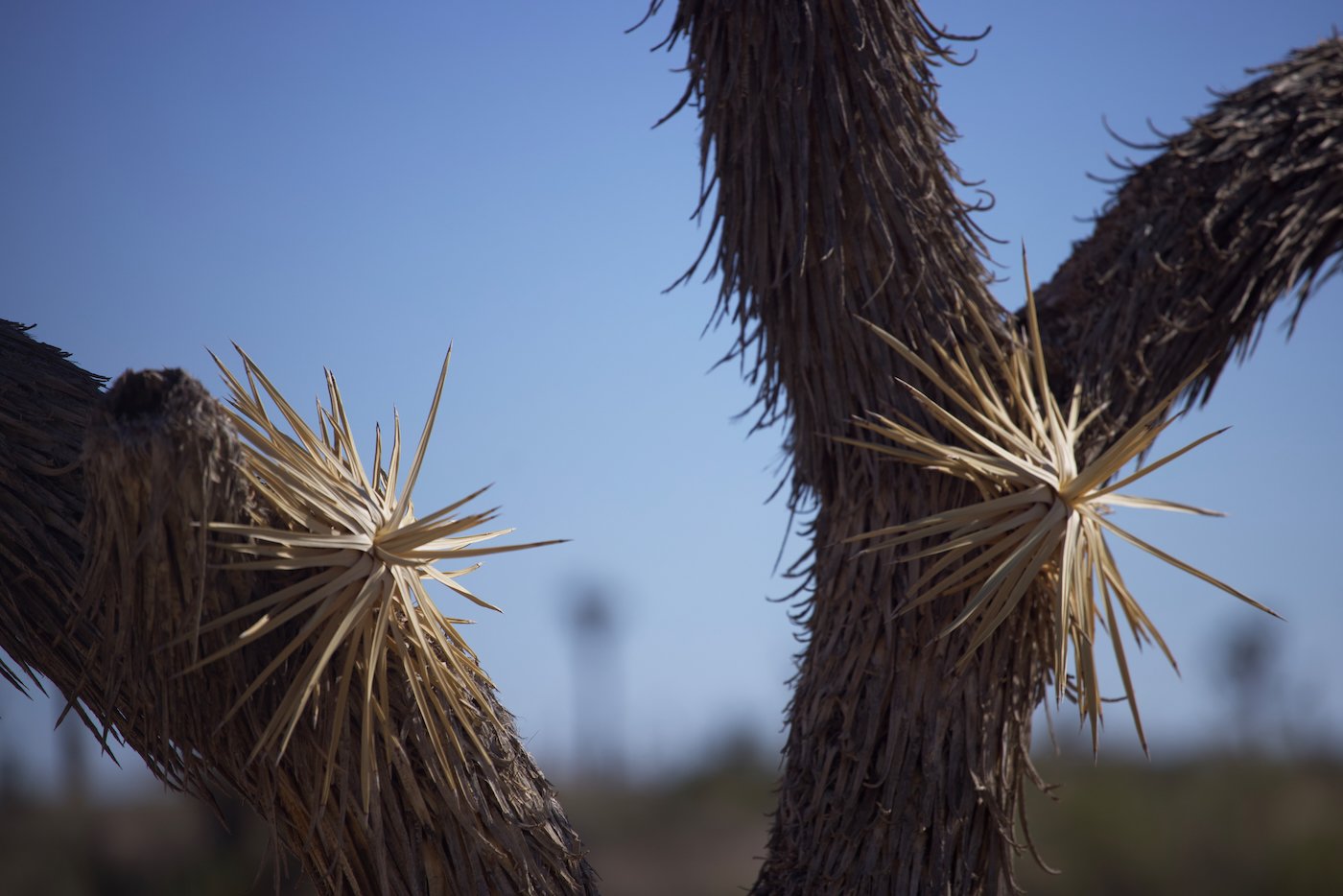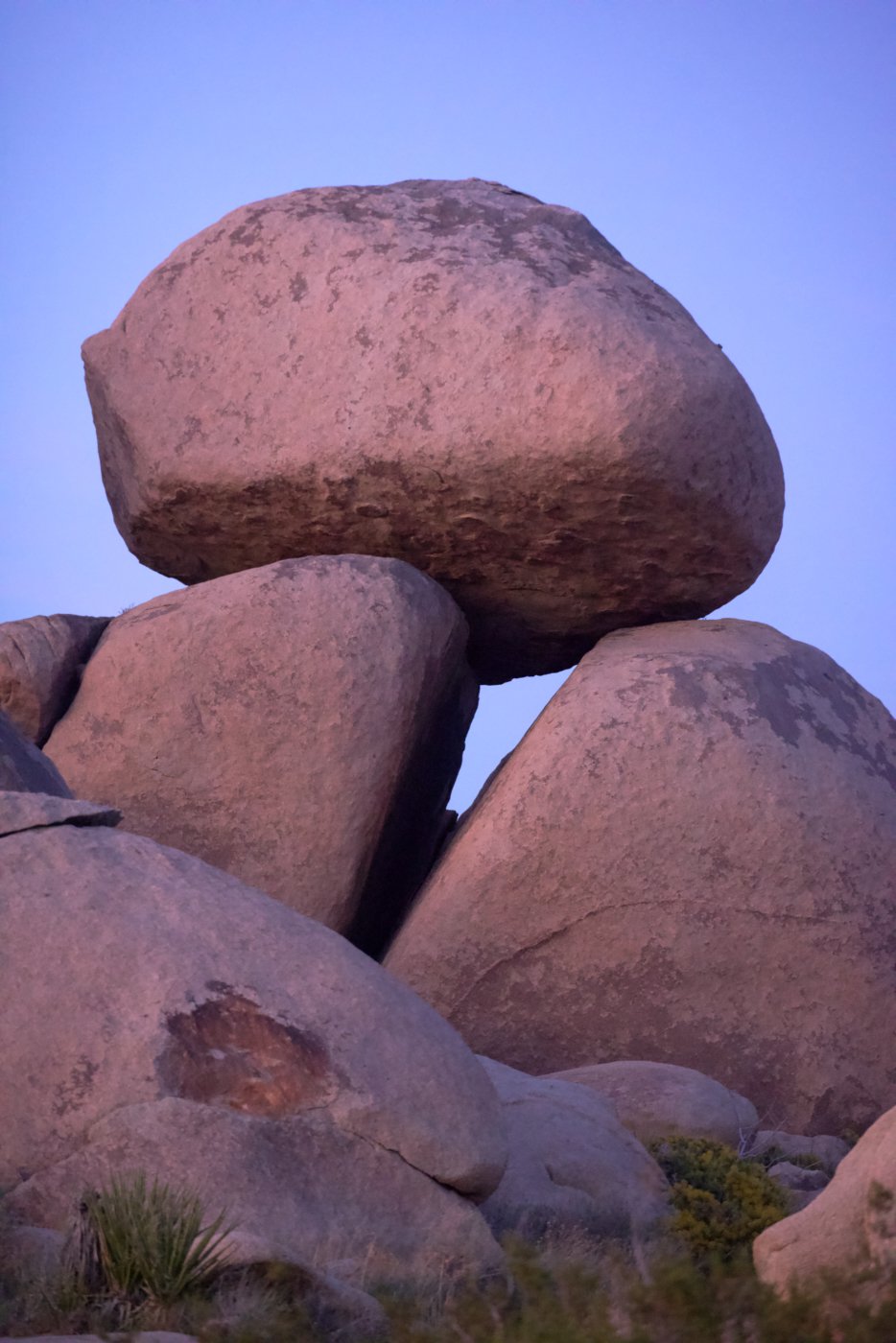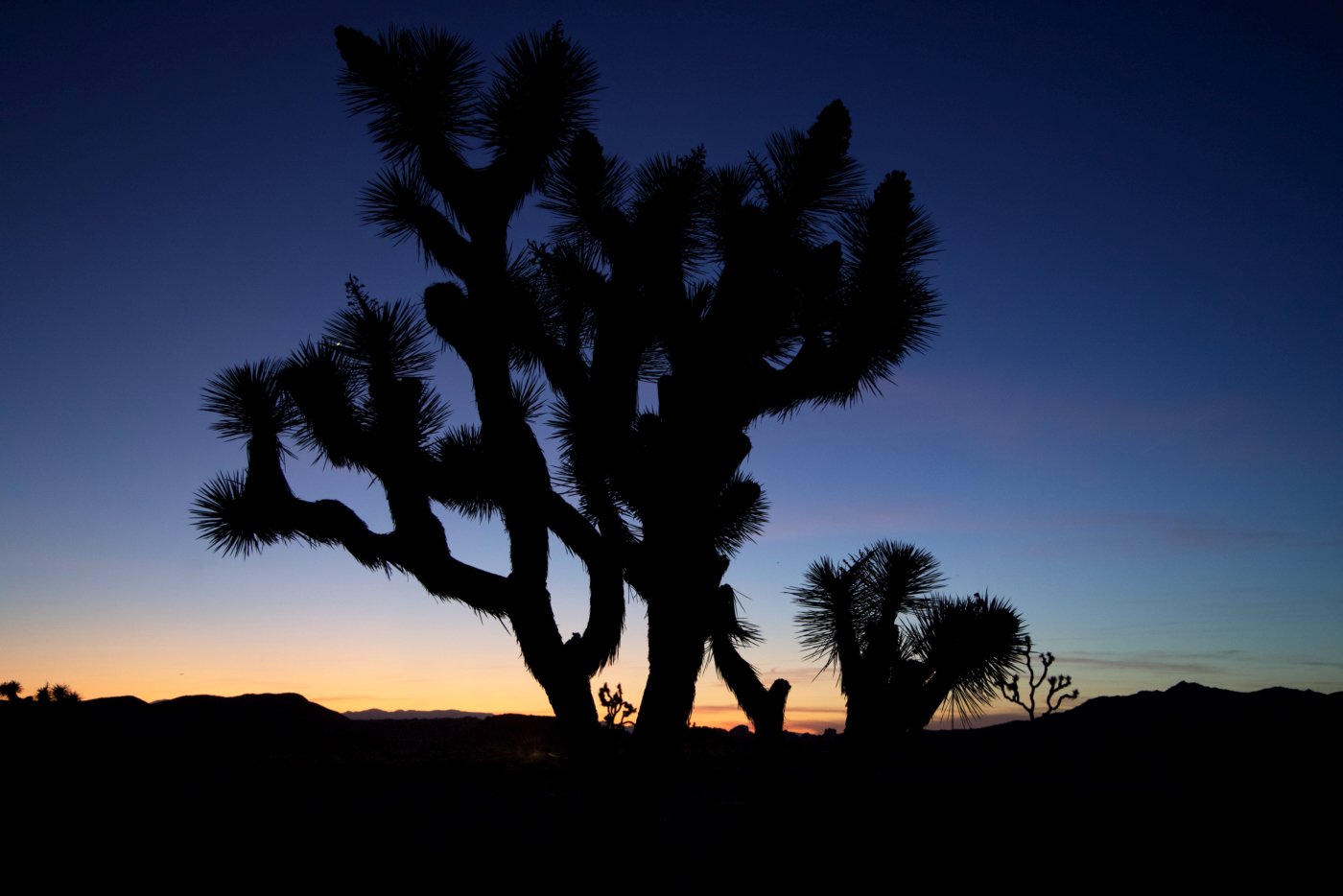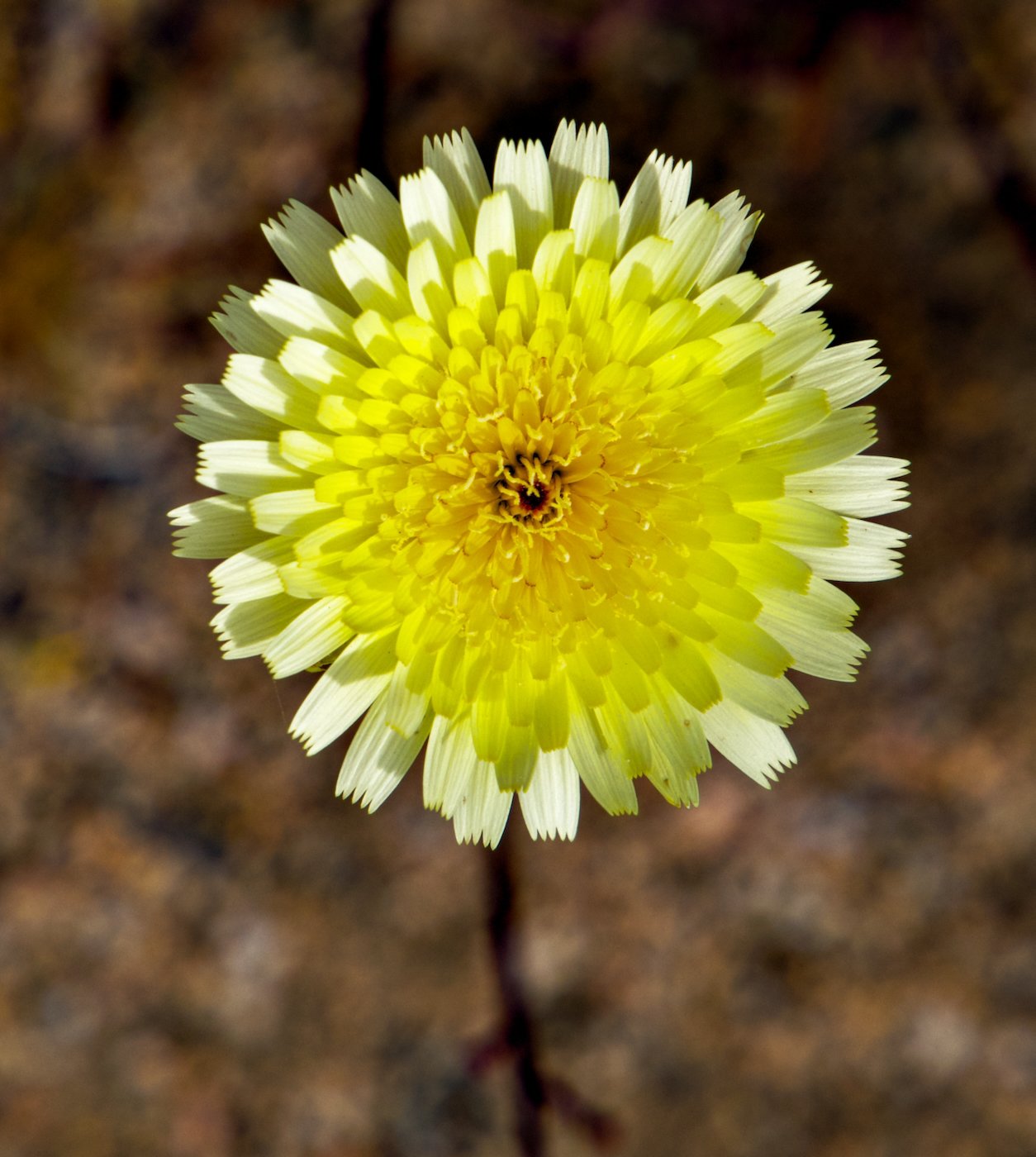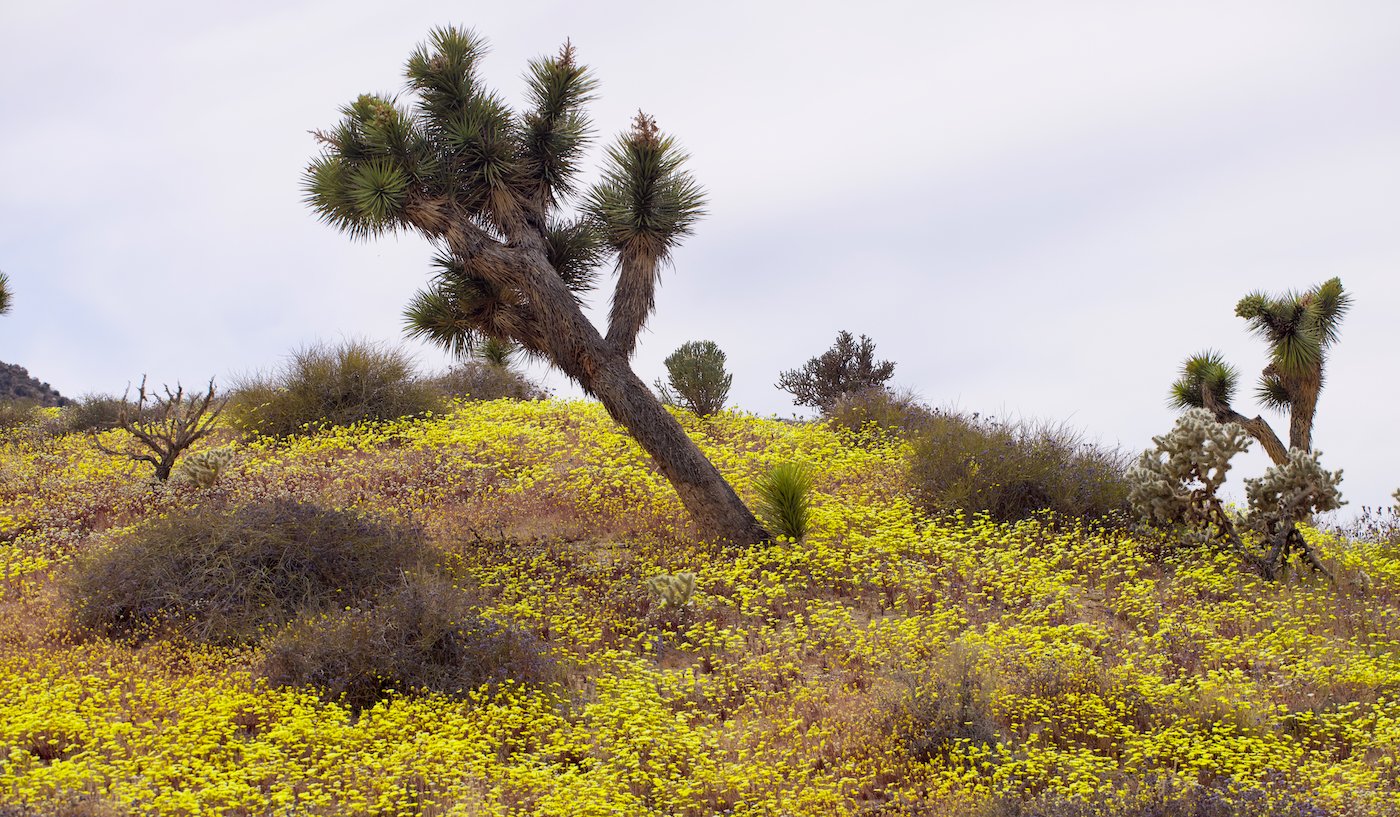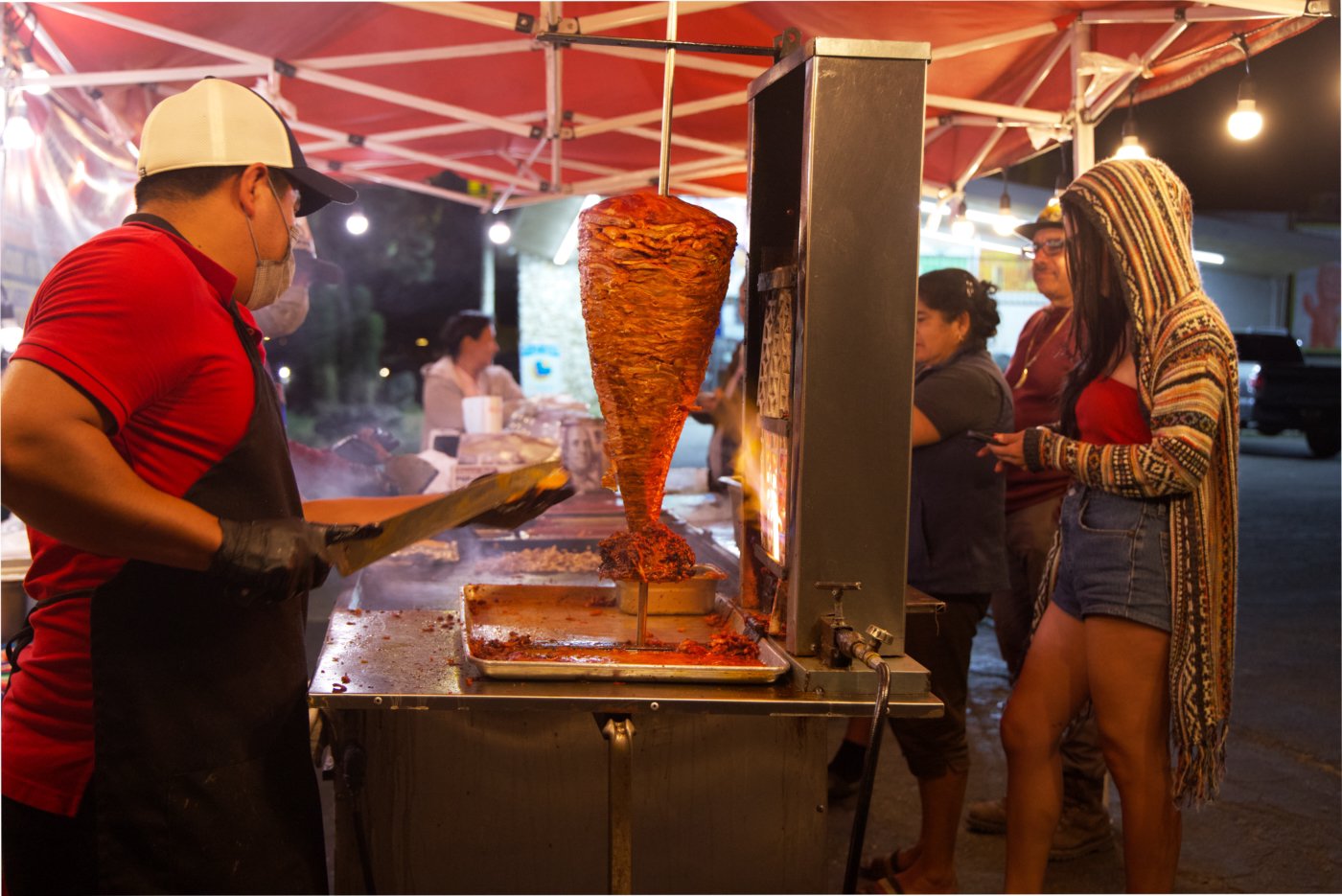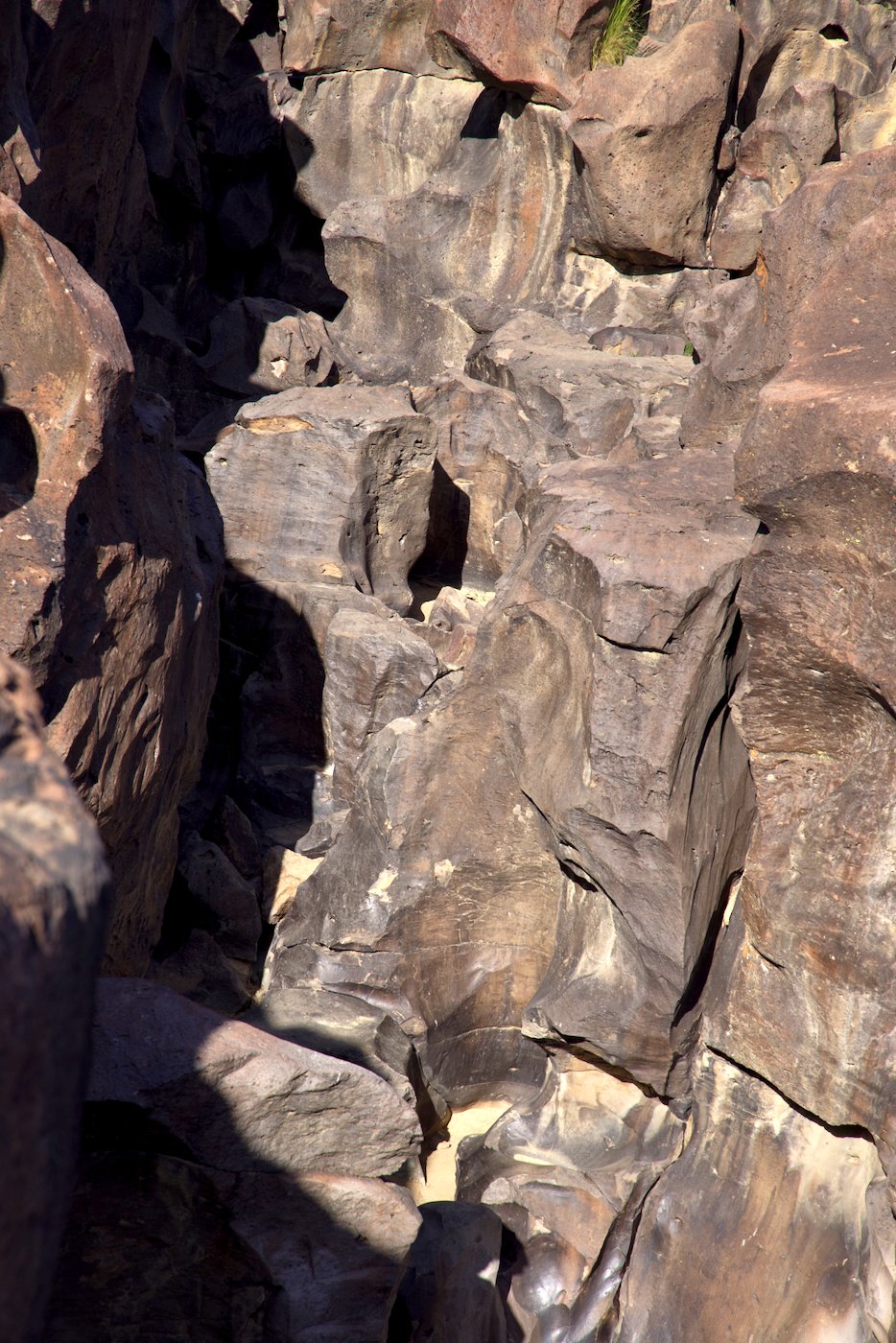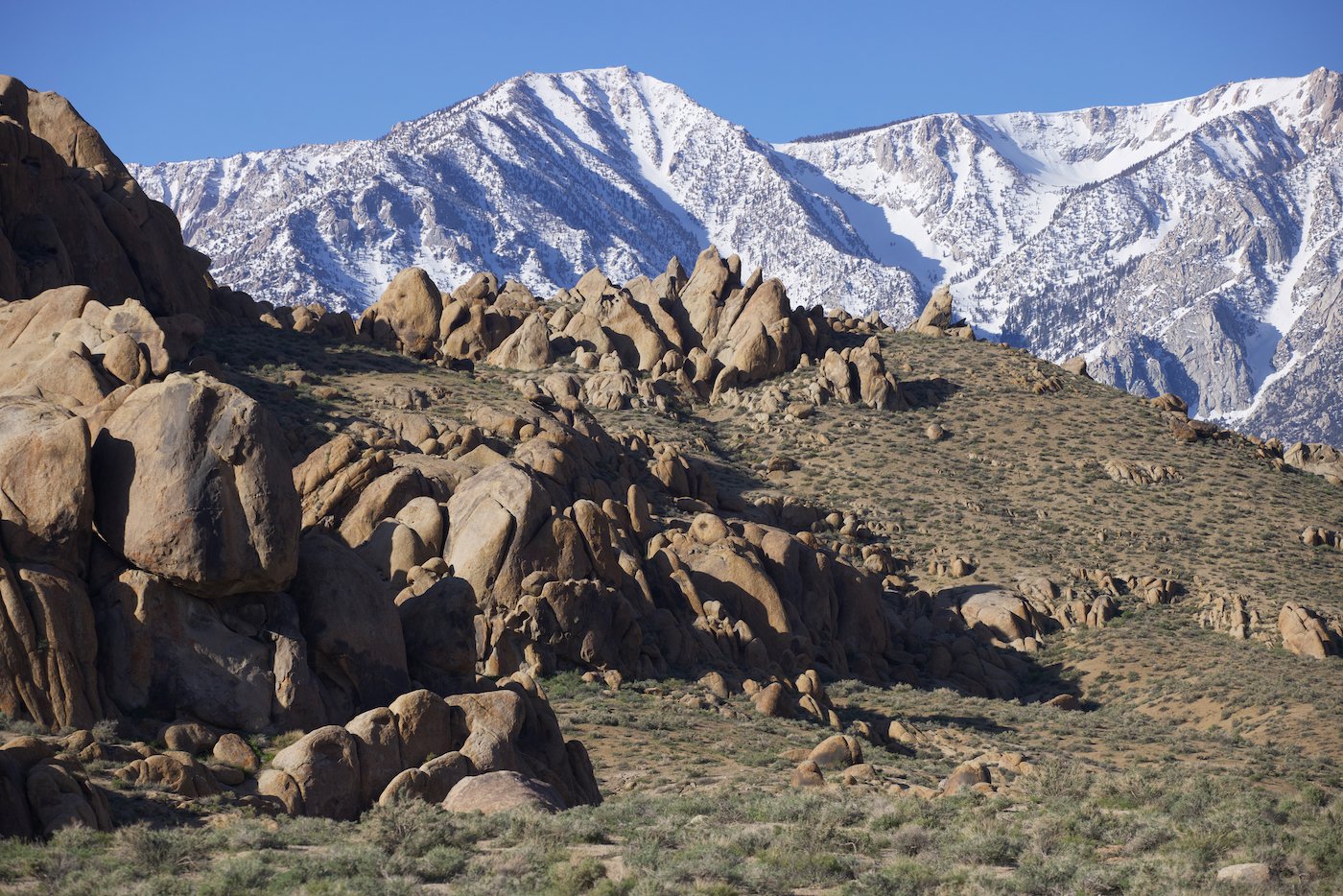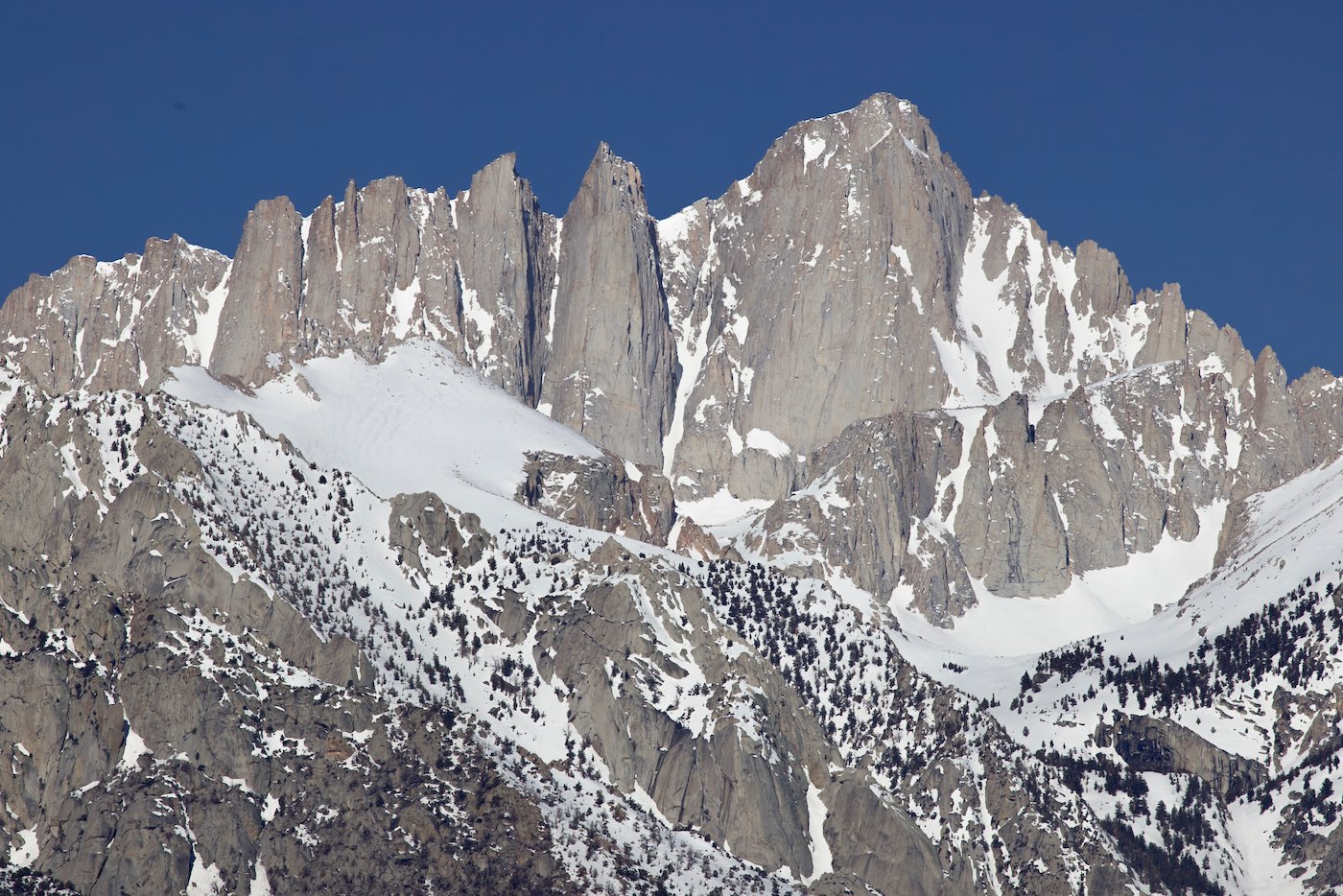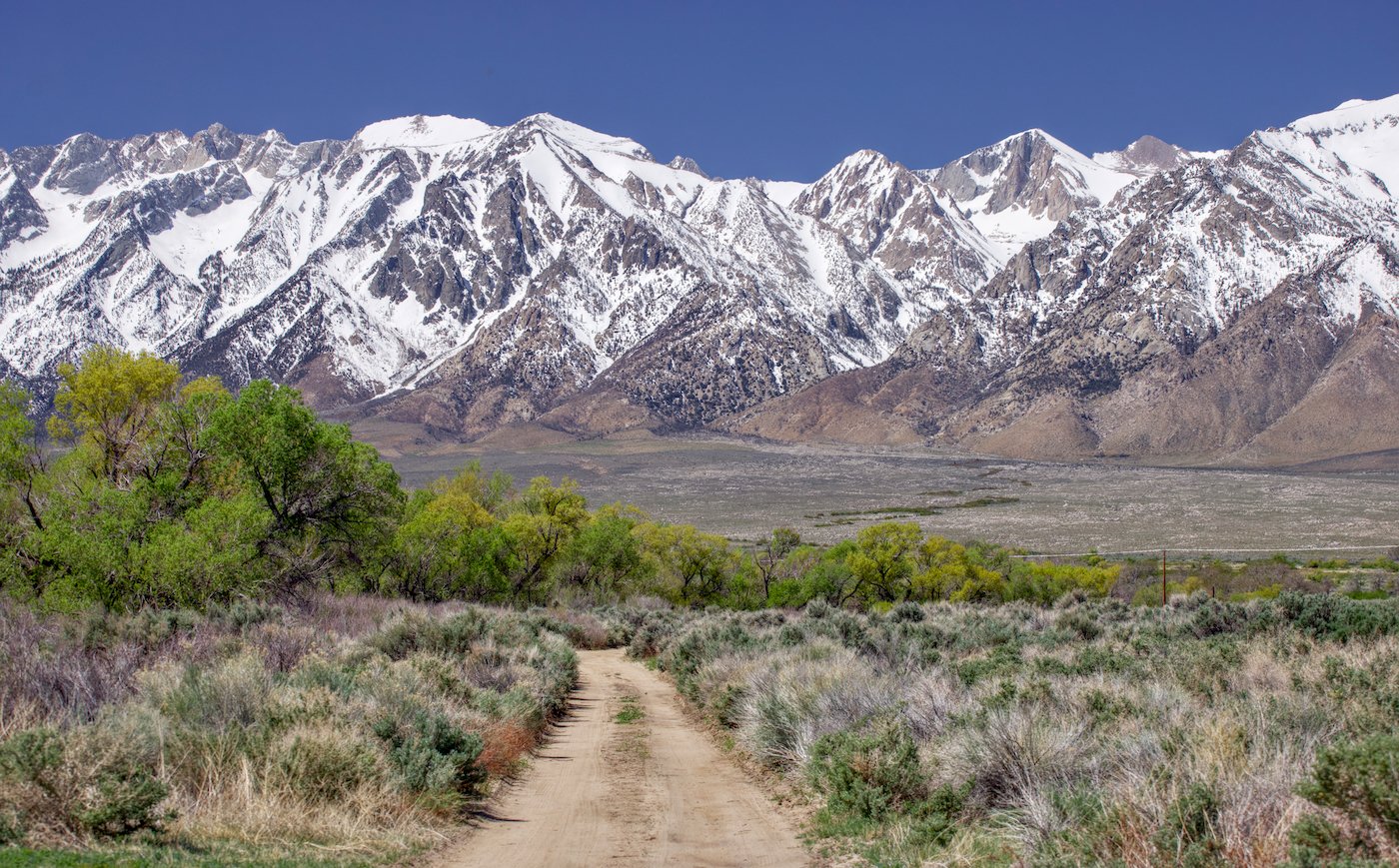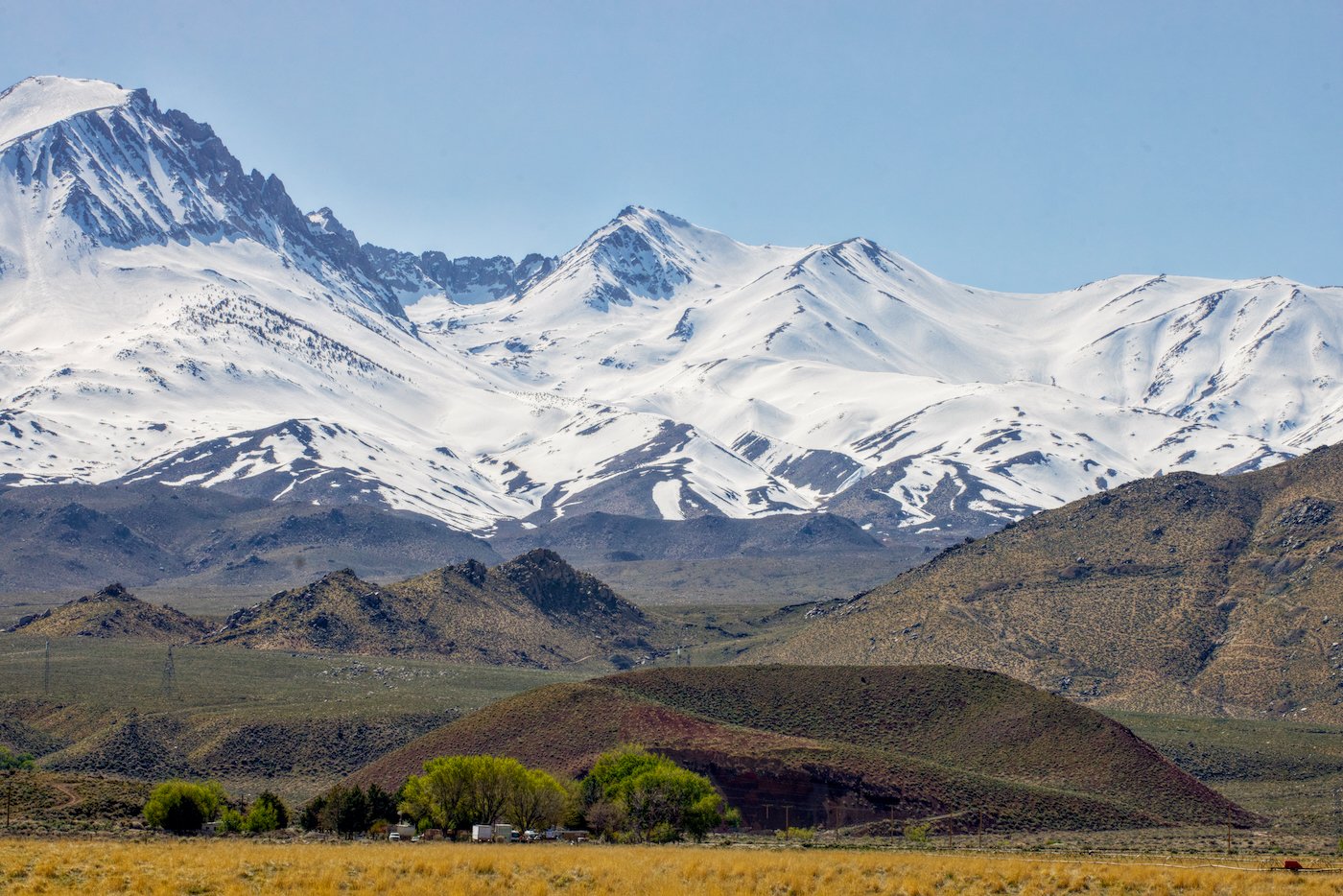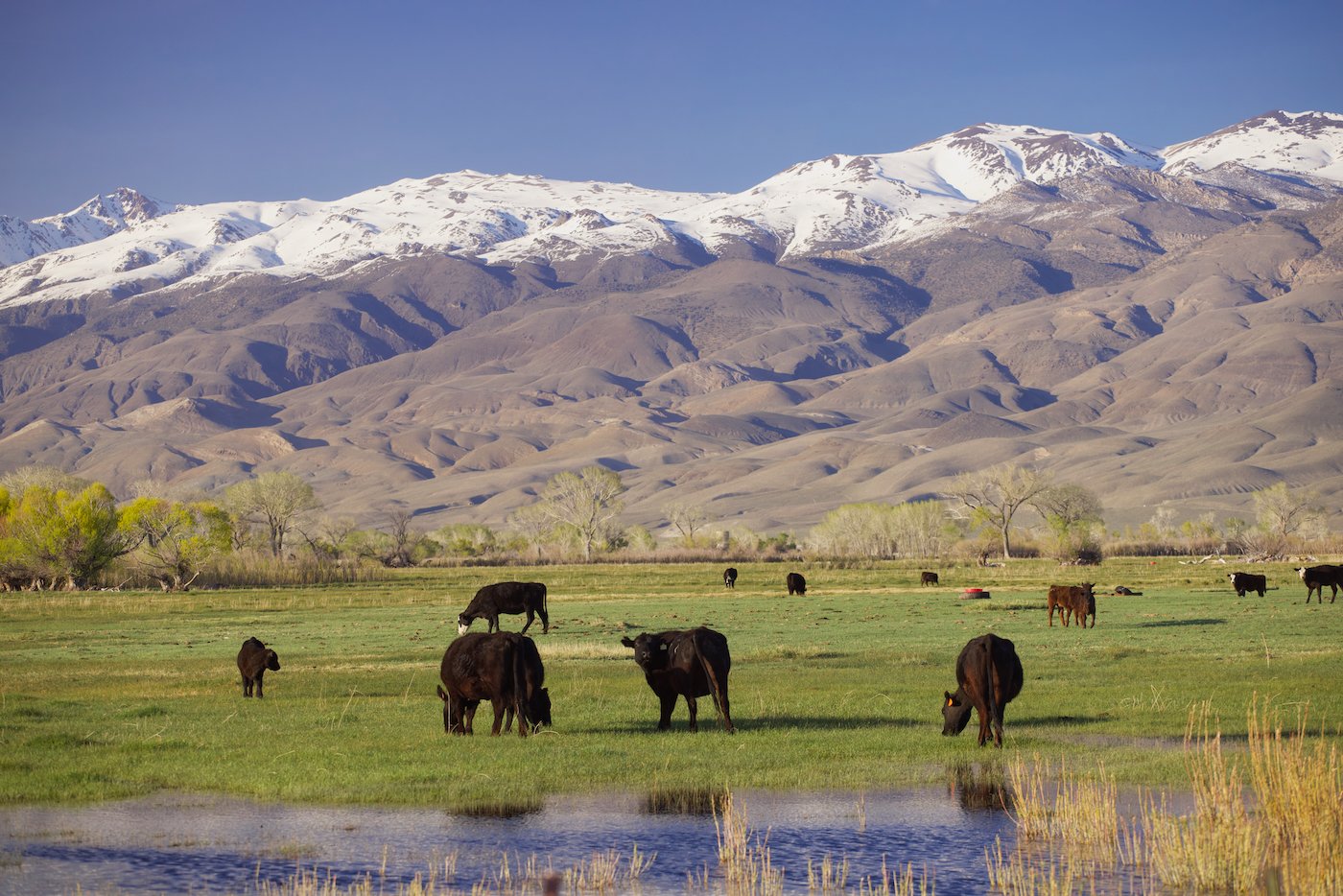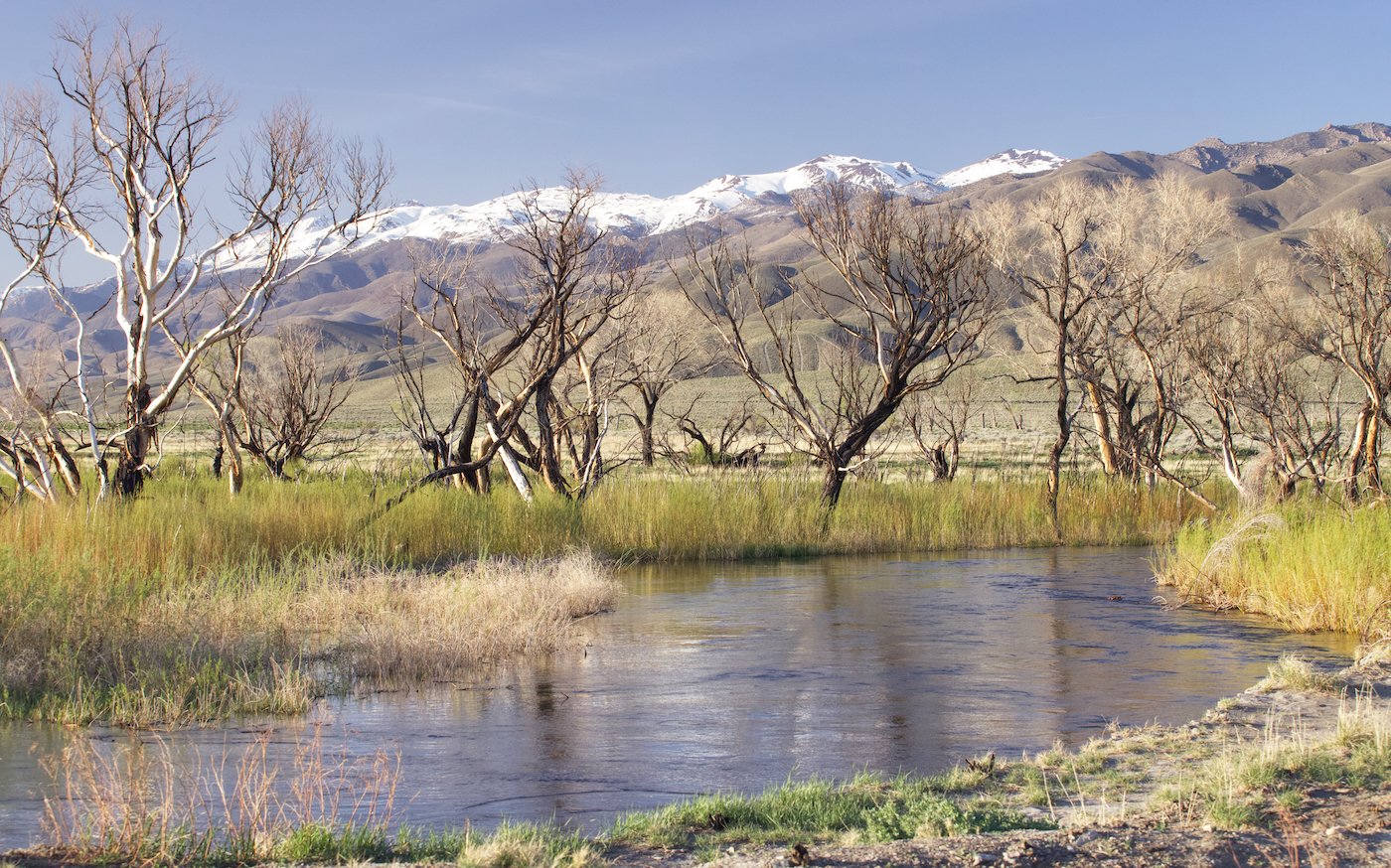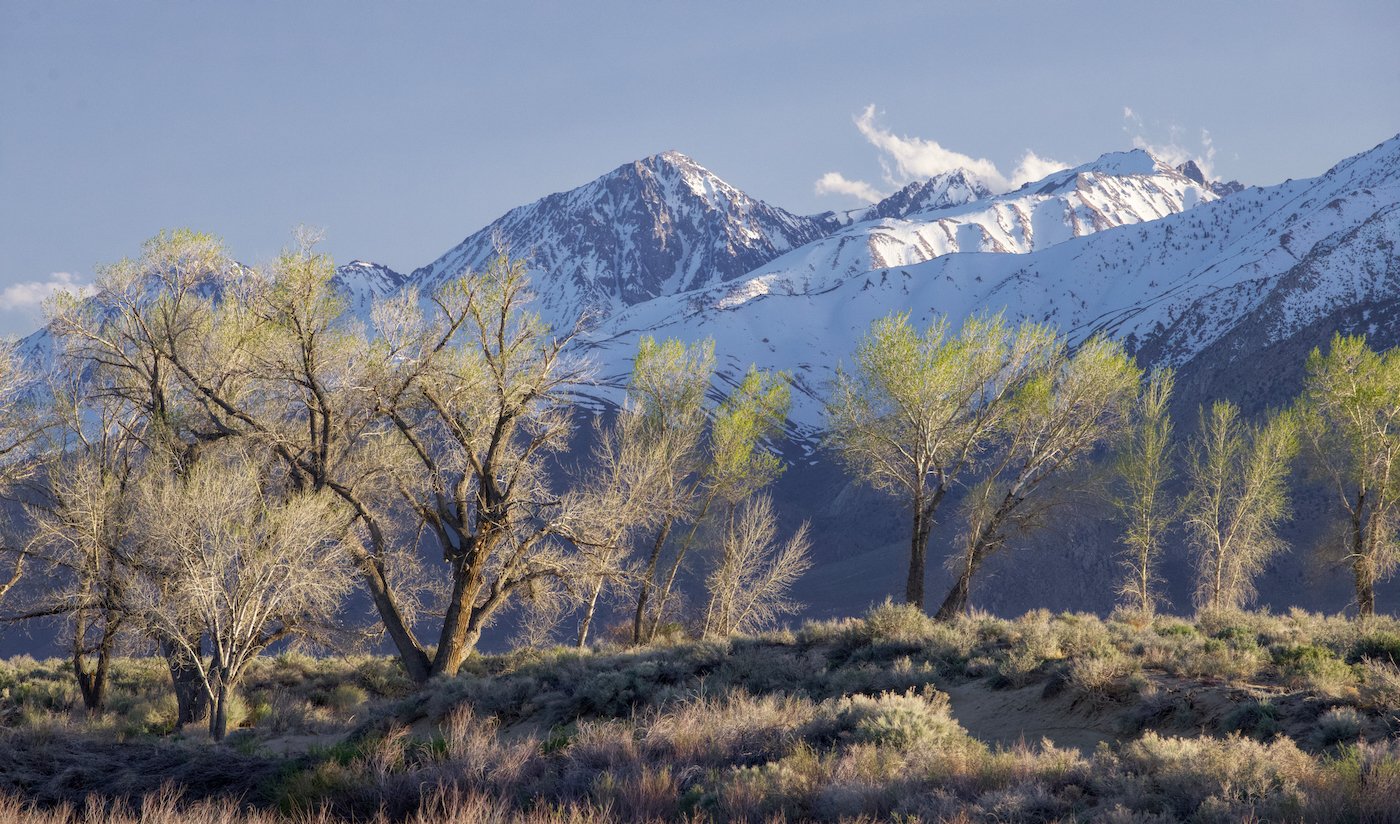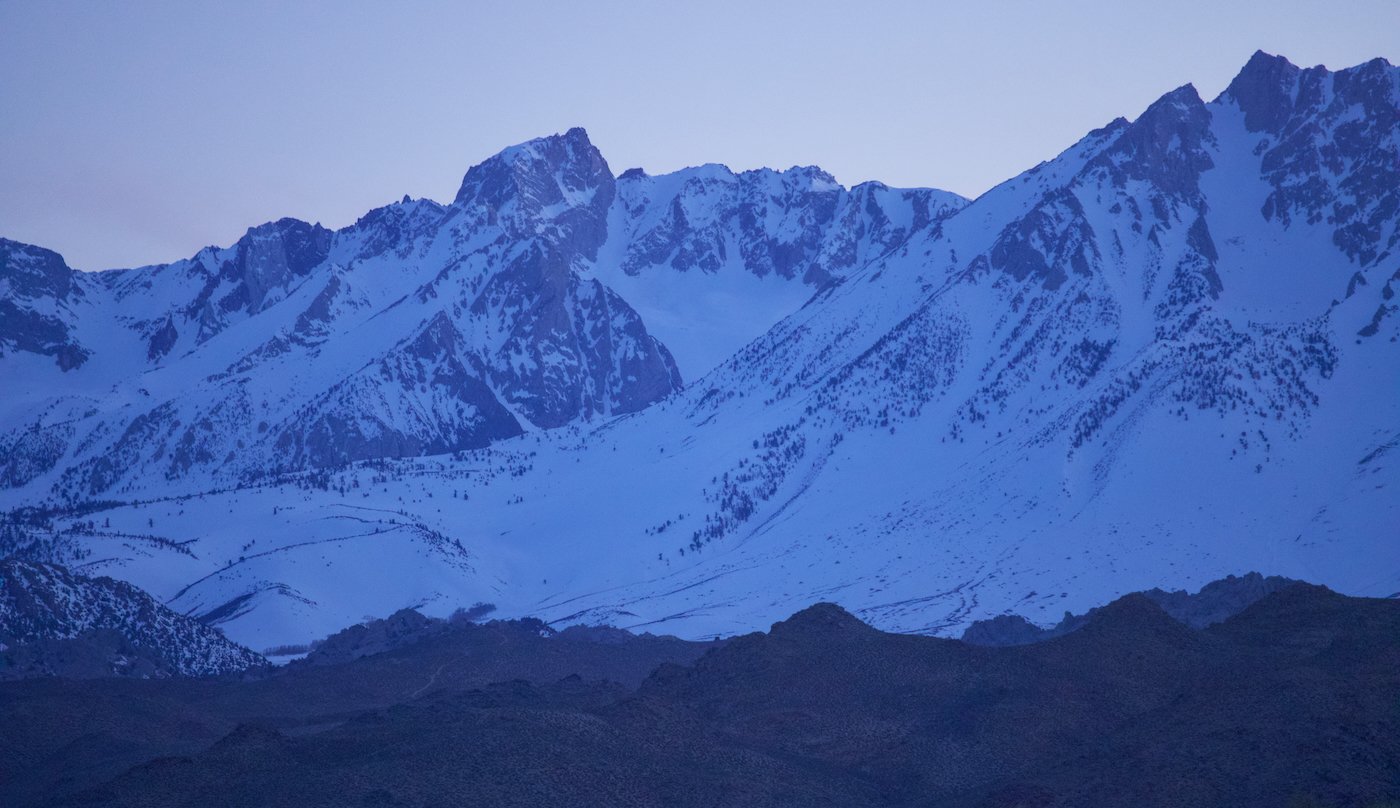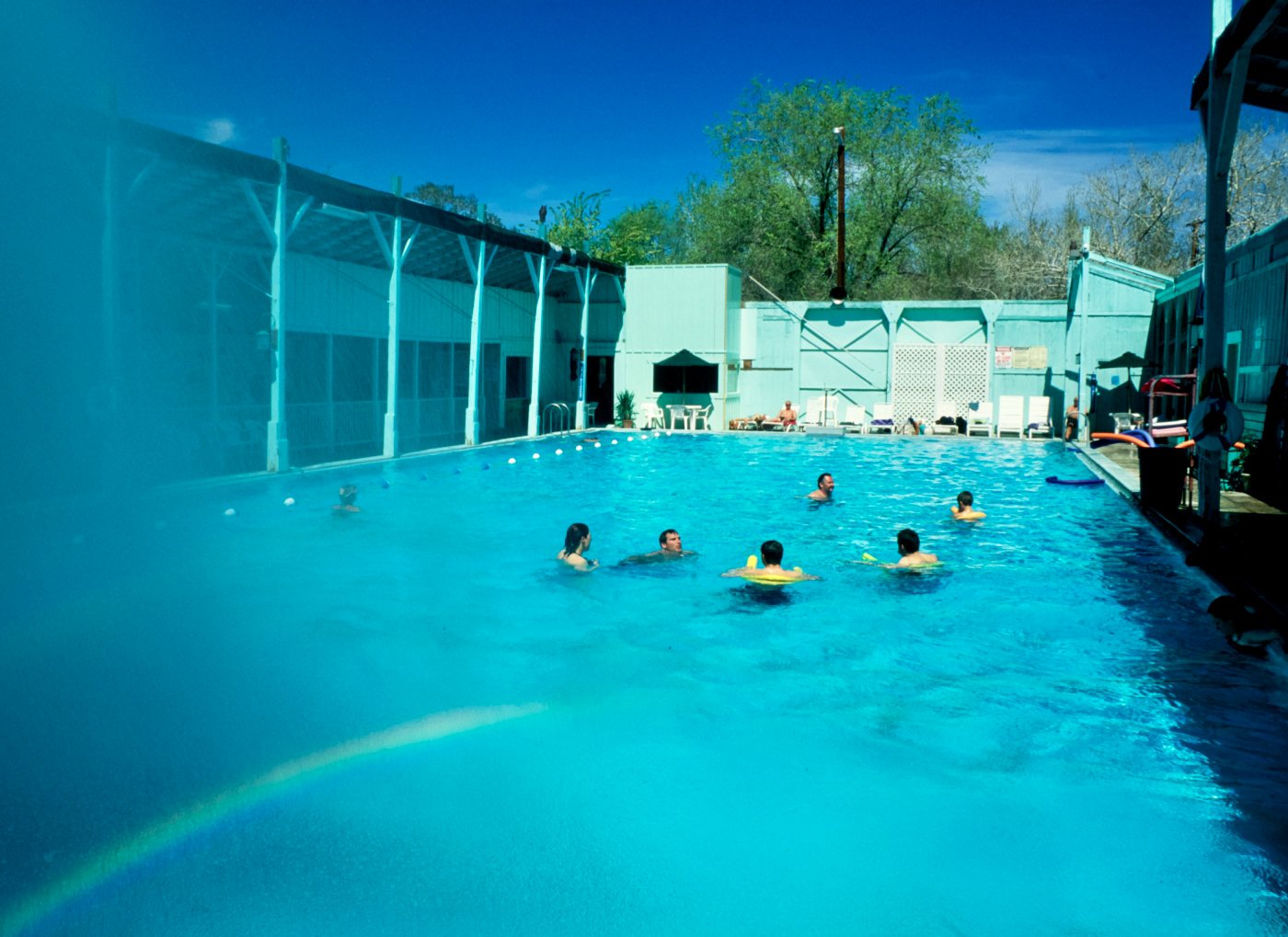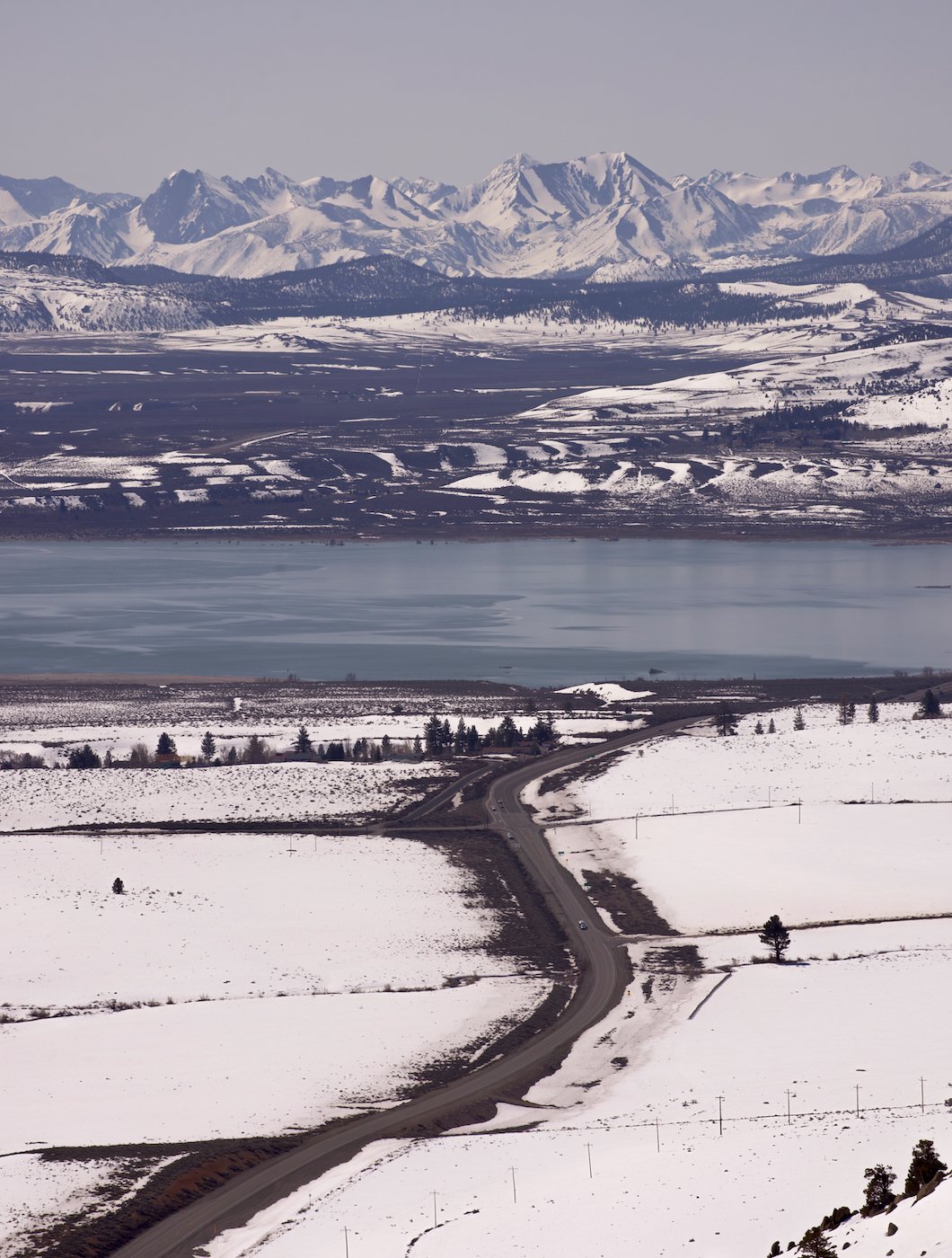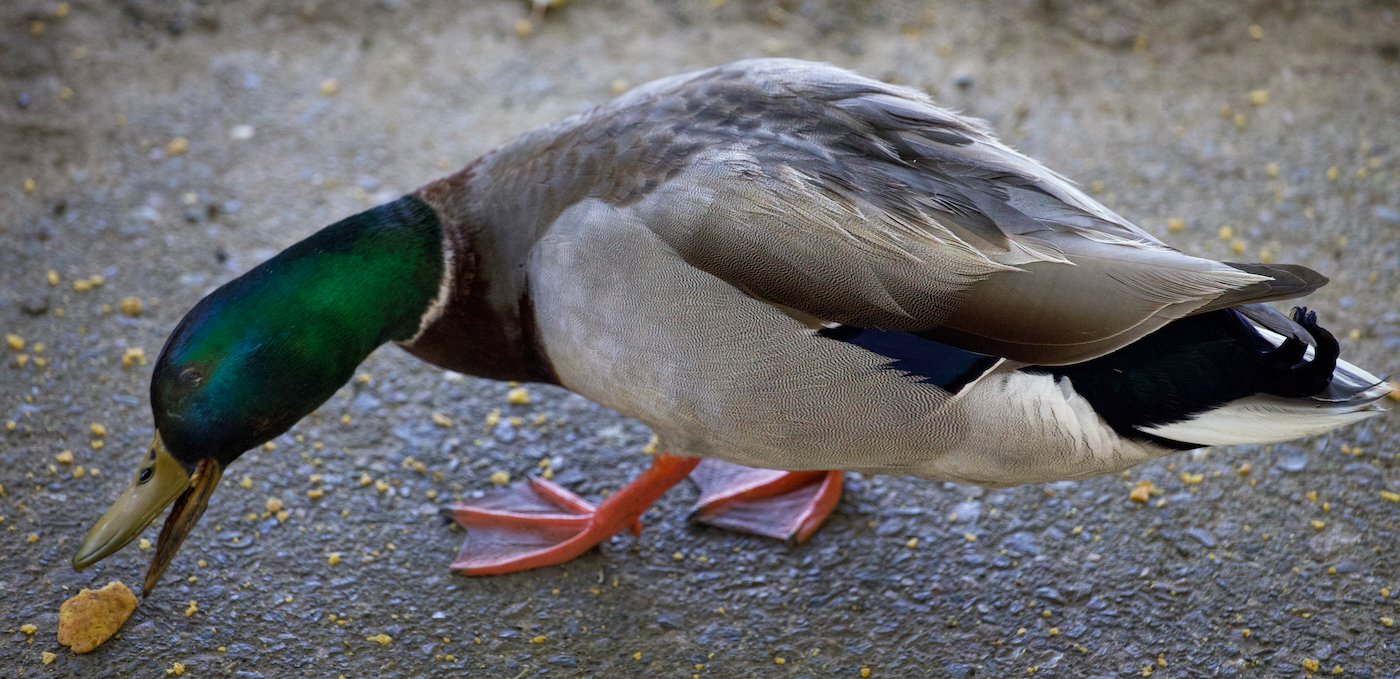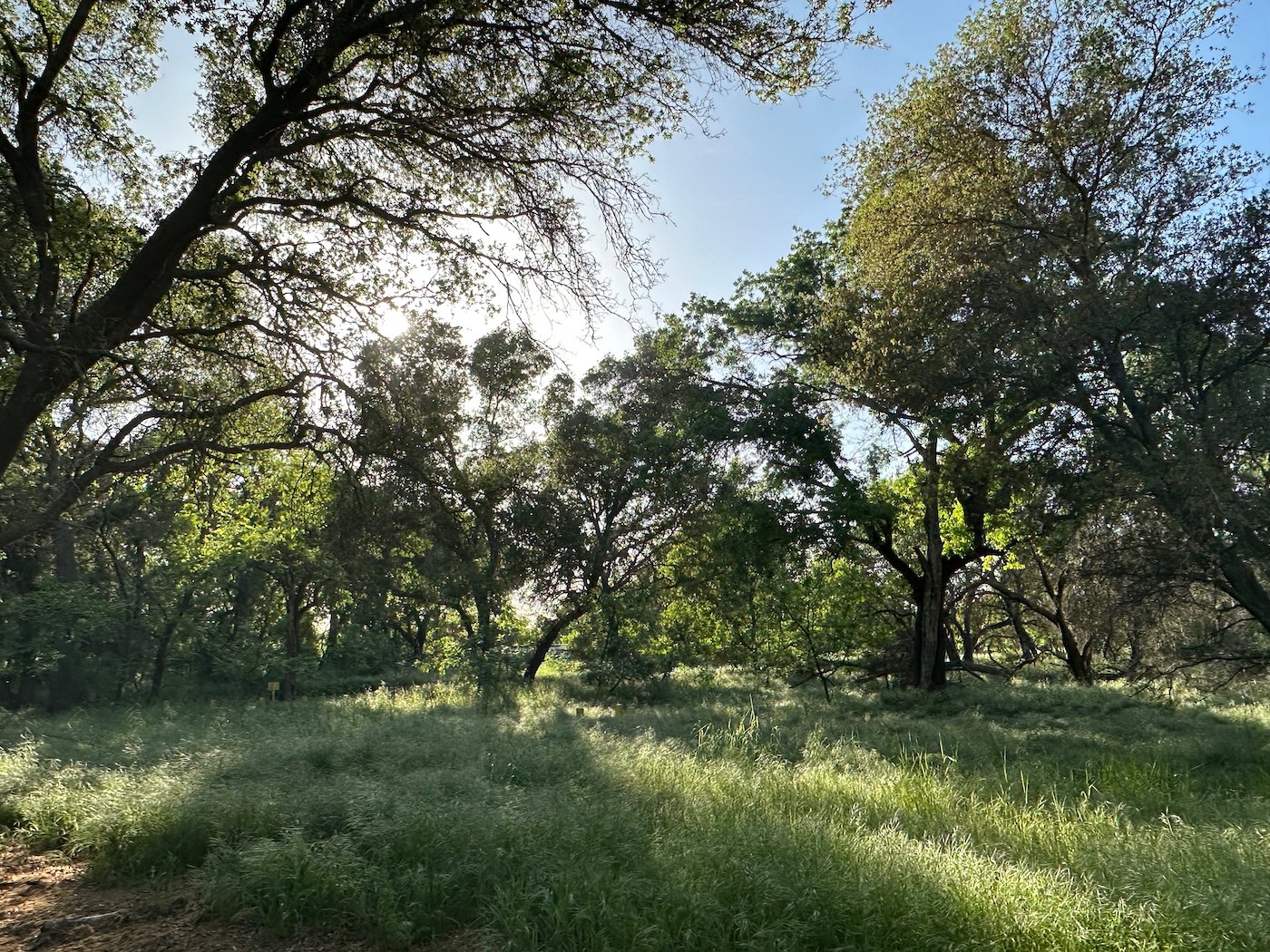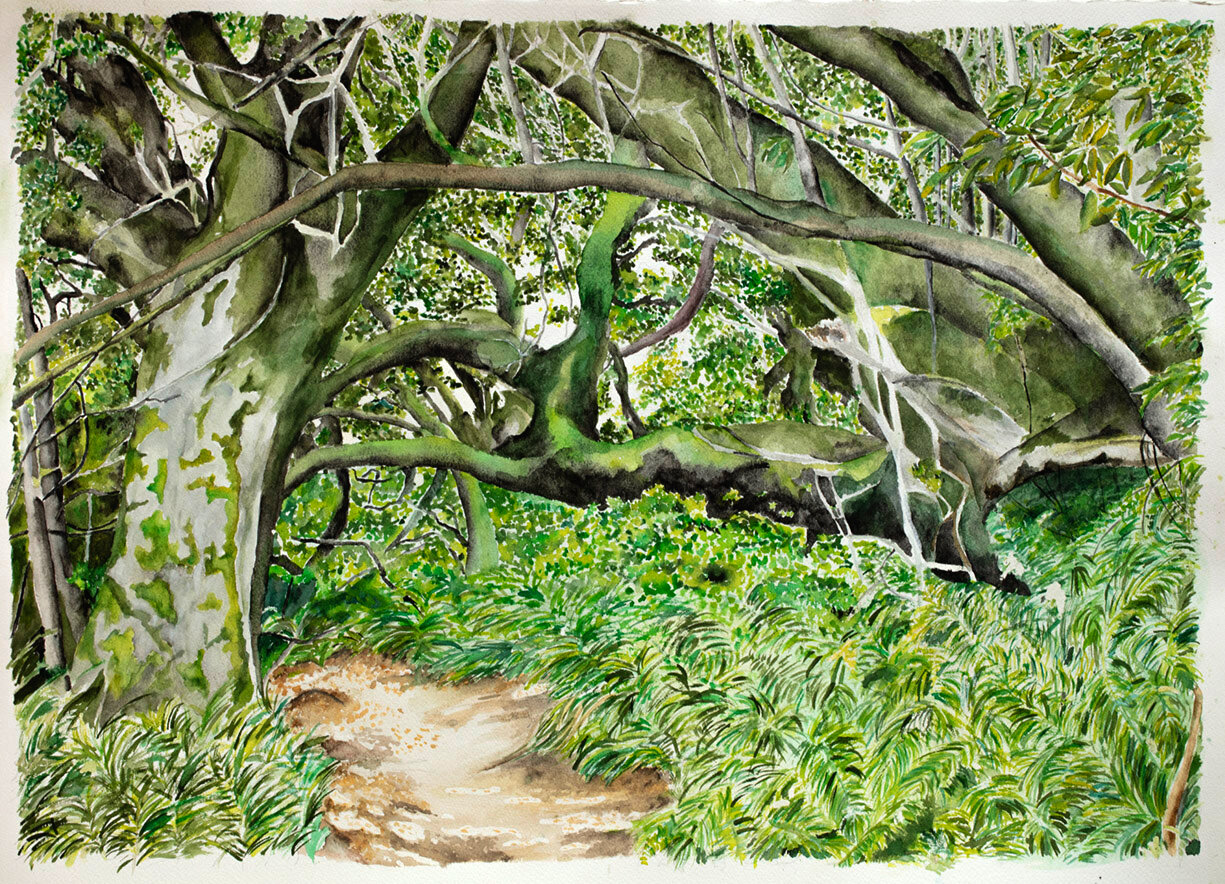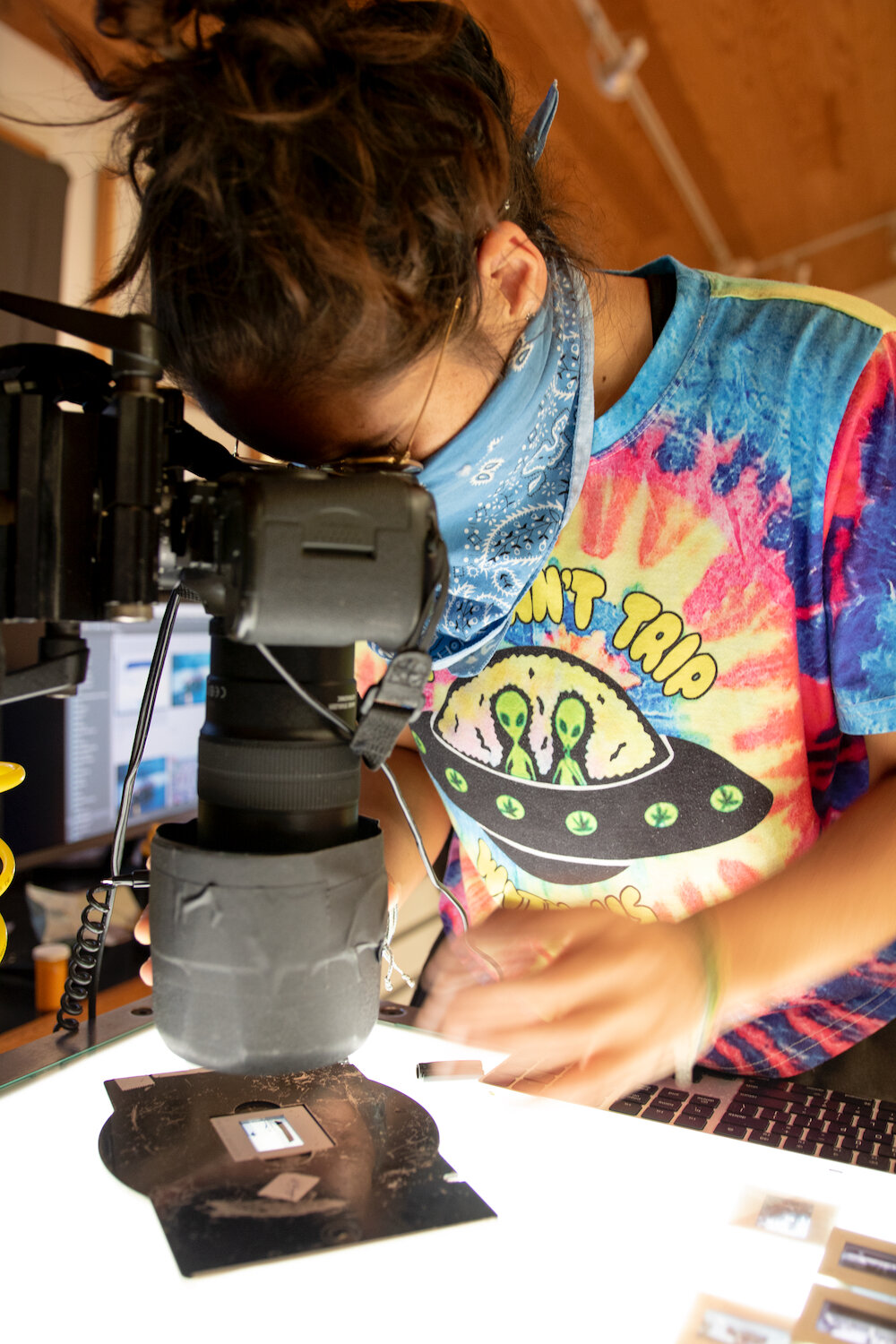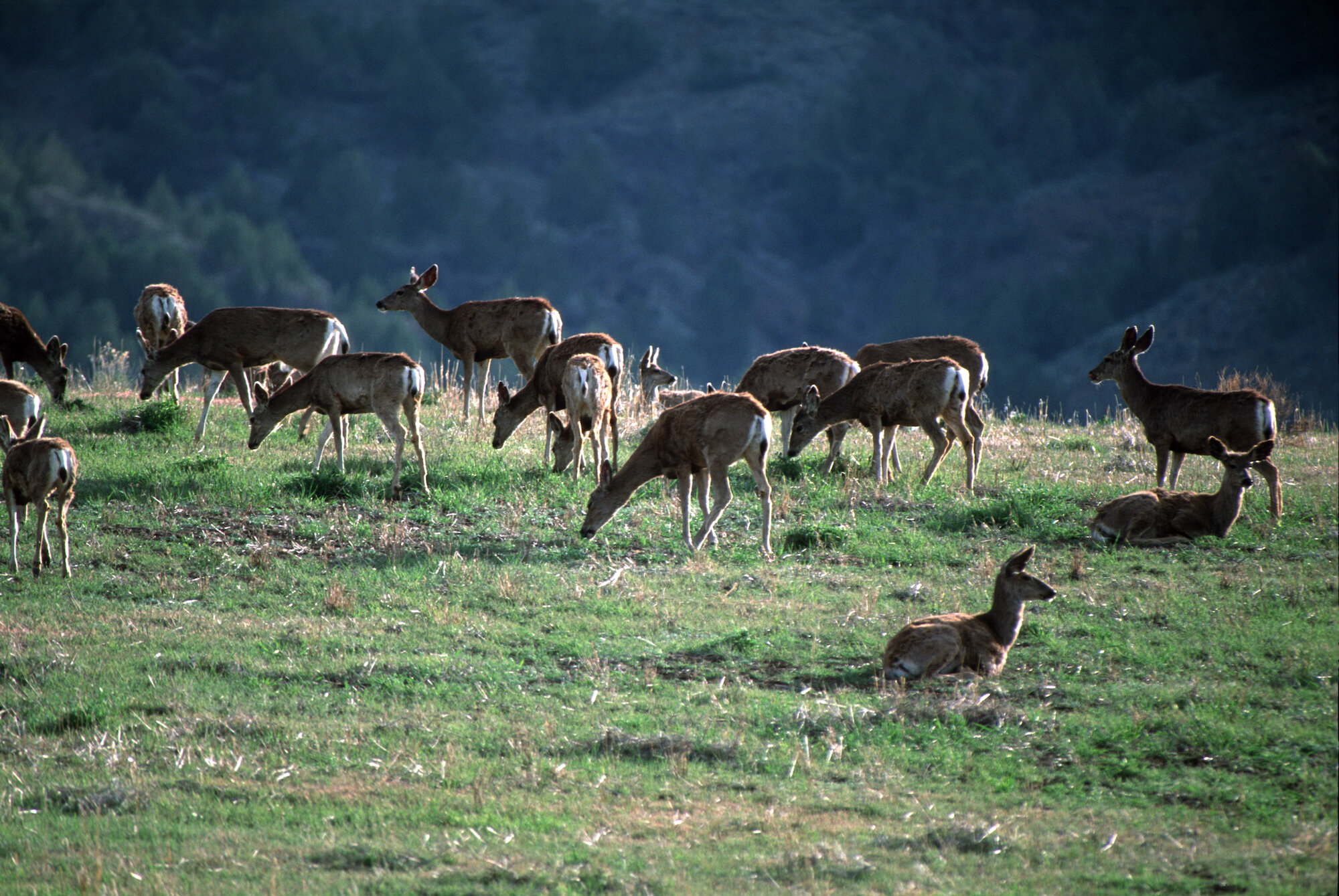Mount Ngauruhoe - Richard Blair photo
By Kathleen Goodwin
Link to Richard Blair’s photos from New Zealand.
We are back from a month long trip to New Zealand and Tasmania. We highly recommend both for their beauty, good food and friendly people. We flew directly, leaving San Francisco on Air New Zealand and arriving in Auckland 13 hours later. We rented a Toyota Corolla and drove on the left, not difficult for me as I grew up in South Africa where that’s the norm. Apple Siri was essential for our entire trip in both countries.
We made our way to our friend Golda Kunin’s home in Swansea, outside of Auckland. Her house overlooks a valley of tree ferns, trees and thick bush. Golda took us exploring at Bethells Beach, fed us and was a great hostess! Next we went north for the day to Tāwharanui Regional Park, a wild peninsula on the east coast.
After a few days rest we left Golda’s house to discover the island on our own, going south to Rotorua, where we explored the geothermal pools. Below that was Lake Taupo, an immense caldera which filled with water after the volcano exploded about 1800 years ago. It was the most violent eruption on earth in the last 5000 years! Ancient texts in China and India note how the sunsets were red then.
National parks are the pride of New Zealand, and there are fantastic trails (called tracks) to hike or mountain bike. The parks are free. People take their trash home with them, so there are few rubbish bins around but very little litter.
In Tongariro National Park, the classically shaped volcano, Mount Ngauruhoe, was stunning, the top clearly showing with a fluffy white cloud hanging just above it. The Tongariro Alpine Crossing is world famous but it was too early in the season for anyone to attempt it, due to deep snow. We did take a walk through the forest nearby and saw the Tawhai Falls in full force.
We stayed in Turangi, on the southern end of previously mentioned Lake Taupo, at Creel Lodge, the nicest place we found on our trip. It is owned by Peter Deakin, commonly known as Peter, the Fish. People stay there for the trout fishing in the Tongariro River which adjoins it. We did not fish but enjoyed the beautiful setting which Peter has created with flowering bushes, tree ferns and outdoor door dining areas. An avid sailor, he sailed around the world on a replica of the H. M. Bark Endeavour that Captain James Cook sailed on his first world trip. Peter wears a gold earing earned by rounding Cape Horn on the square rigger! He was a commercial fisherman in New Zealand for 34 years and pioneered catching orange roughy which are now a prized fish. Near Turangi is the Tokaanu geothermal public baths which we soaked in.
On Peter’s recommendation, we drove over to Whakatane on the coast of the Bay of Plenty. The next morning we drove along the ocean on high cliffs reminiscent of Big Sur going to the North East. We followed the winding road (Highway 35) until we got to Waihaiu Bay, where the road turned inland. We retraced our steps to Whakatane that evening.
Our next exploration was the Coromandel Peninsula, staying in the town of Thames (though we couldn’t find the London Bridge). I think New Zealand countryside with its green hills, cows and sheep is similar to England except New Zealand has a bigger scale. The narrow coast road was scenic with many beaches and parks which we enjoyed.
On our way back to Auckland we visited Tapakanga Regional Park which featured a 12 foot Maori carved picture frame. It was carefully placed - revealing a beautiful scene of ocean and coastal cliffs through it - actual artwork of nature.
We took a three hour flight to Tasmania landing in Hobart where many of my relatives live. My sister Fay and her family emigrated to Australia in the late 1970’s to flee apartheid in South Africa. They settled in Hobart, the main city of Tassie. Our stay involved many family dinners. We did travel around the island for about a week. We visited the Museum of Old and New Art (MONA) which is remarkable for its architecture and sculpture. It was designed by Fender Katsalidis
We also had an introduction to Royal Tennis which is a combination of lawn tennis and squash, quite popular in Hobart, which built its first court in 1875. It started in England in the 13th century. As a young man, Henry VIII was a keen and talented tennis player who spent hours on court. His second wife, Anne Boleyn, was gambling on a game of tennis when she was arrested to be taken to the Tower of London. She complained that she couldn’t collect her winnings. Lawn tennis and squash evolved from Royal Tennis.
We stayed in Battery Point, a suburb of Hobart on the Tasman Sea, 15 minutes from the city center. It has narrow streets and is filled with ornately decorated Victorian-era wooden houses.
A highlight was an inflatable boat trip to Bruny Island complete with a humpback sighting, dolphins, gannets and many seals. The boat went close to the cliffs and we saw unusual rock formations and waves exploding out of sea caves.
Being an island, Tasmania has some unique wild life like wombats, echnida and the Tasmanian devil. We visited Bonorong Wildlife Sanctuary which rescues ill and orphaned animals with the goal of releasing healthy animals into the wild. Where possible the animals live in large open areas. We could walk around among kangaroos. I photographed them mating. It seemed quite tender to me. Afterwards the male held on to the female and touched her ears with his mouth. The zoo keeper however called it “rootin’ roos.”
The echidna looks like a hedgehog but is not related. It has a snout that functions as both mouth and nose, and electro-sensors to find earthworms, termites, ants, and other burrowing prey. It has a tiny mouth and toothless jaw, and feeds by tearing open soft logs and anthills then licking off prey with a long, sticky tongue. Its ears are slits on the sides of its head under the spine.
Echidnas and platypuses are the only mammals that lay eggs. The female echidna deposits the egg directly into her pouch. Ten days later, the baby opens the leather shell with a temporary reptile-like egg tooth. A young echidna, called a puggle sucks milk from the pores of the two milk patches and remains in the pouch for 45 to 55 days when it starts to develop spines. The mother digs a nursery burrow and deposits the young, returning every five days to suckle it until it is weaned at seven months. Puggles will stay within their mother’s den for up to a year before leaving.
Wombats look like cuddly bears but they can bite people - they do not make good pets. Female wombats give birth to a single young after a gestation period of 20–30 days They have backward pouches for their young. Wombat babies leave the pouch after six to seven months, are weaned after 15 months, and are sexually mature three months later.
Tasmanian devils are only found in Tasmania having become extinct in Mainland Australia 3500 years ago. It is the largest surviving carnivorous marsupial, and has a squat, thick build, with a large head and a tail about half its body length. Its forelegs are slightly longer than its hind legs, and devils can run up to 8 miles per hour for short distances. The devil stores body fat in its tail which acts as a counterbalance to aid stability when it is moving quickly. A scent gland at the base of its tail is used to mark the ground behind the animal with a strong, pungent scent. The Tasmanian devil has the most powerful bite relative to body size of any living mammalian carnivore. The jaw can open to 80 degrees, allowing the devil to generate large amounts of power to tear meat and crush bones, even bite through thick metal wire. The long whiskers on its face and in clumps on the top of the head help the devil locate prey when foraging in the dark, and in detecting when other devils are close during feeding. Females reach sexual maturity in their second year and become fertile annually. Gestation lasts 21 days and they give birth to 20 to 30 joeys. They stay in a backward pouch where there are just four nipples so the survival rate is low. They leave the pouch after 105 days, then stay in a den for another three months before venturing out on their own.
We now set off to explore more of the island, heading to Bicheno on the north coast. It has stunning beaches with white sands but was windy, cold, and rainy during our visit - which made traveling challenging. However at Cape Tourville Lighthouse on the Freycinet Peninsula the sun broke out briefly and a rainbow arced over the lighthouse. The was a scenic highlight of our trip in Tasmania.
Two of Tassie’ main attractions we missed were Lake St. Clare because of a steady downpour, and Cradle Mountain which was overloaded with visitors being bused in - shades of Yosemite Valley, so we passed. Tasmania is a beautiful island but the weather can be challenging and after a last farewell dinner party we went home.


